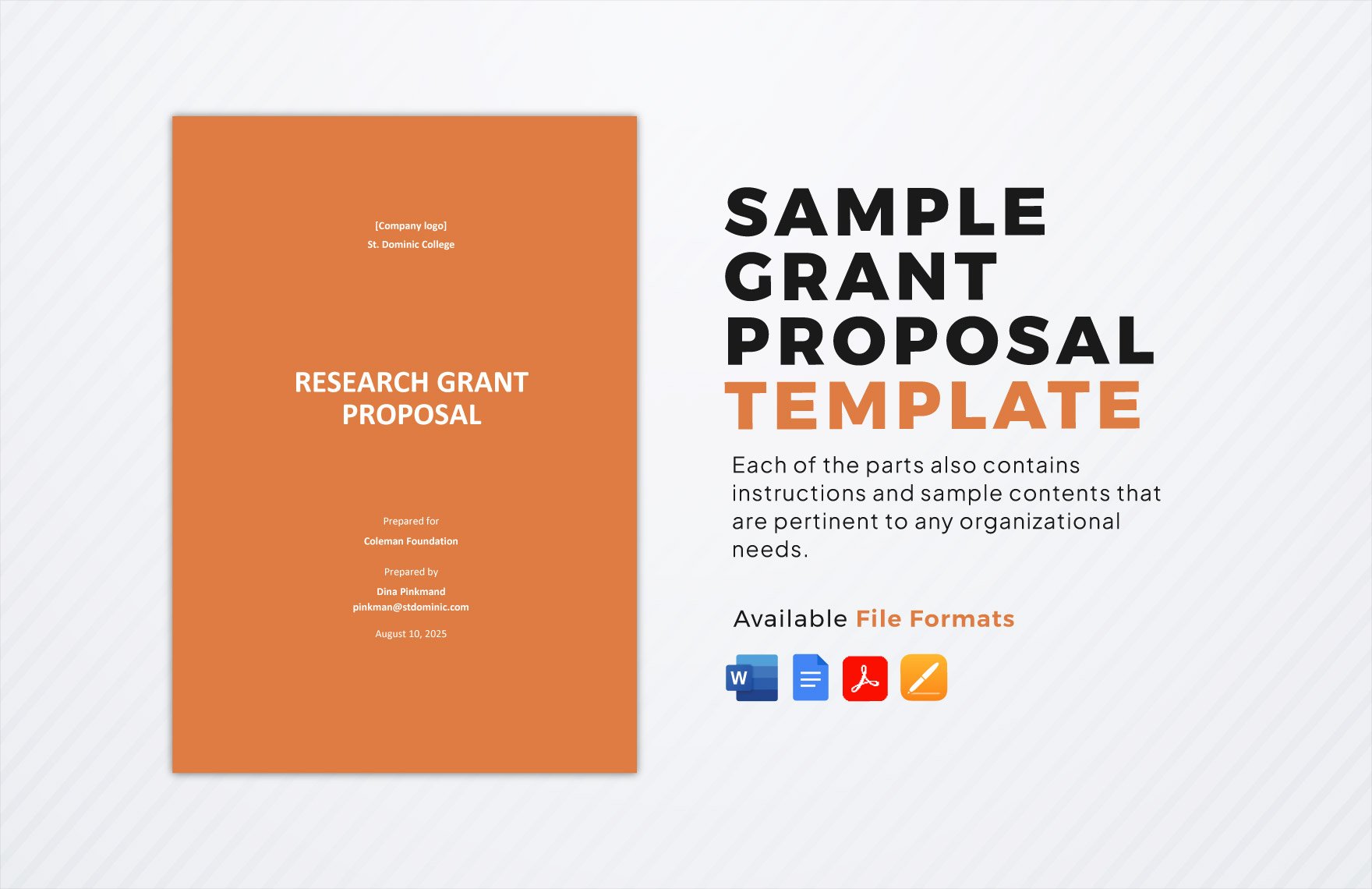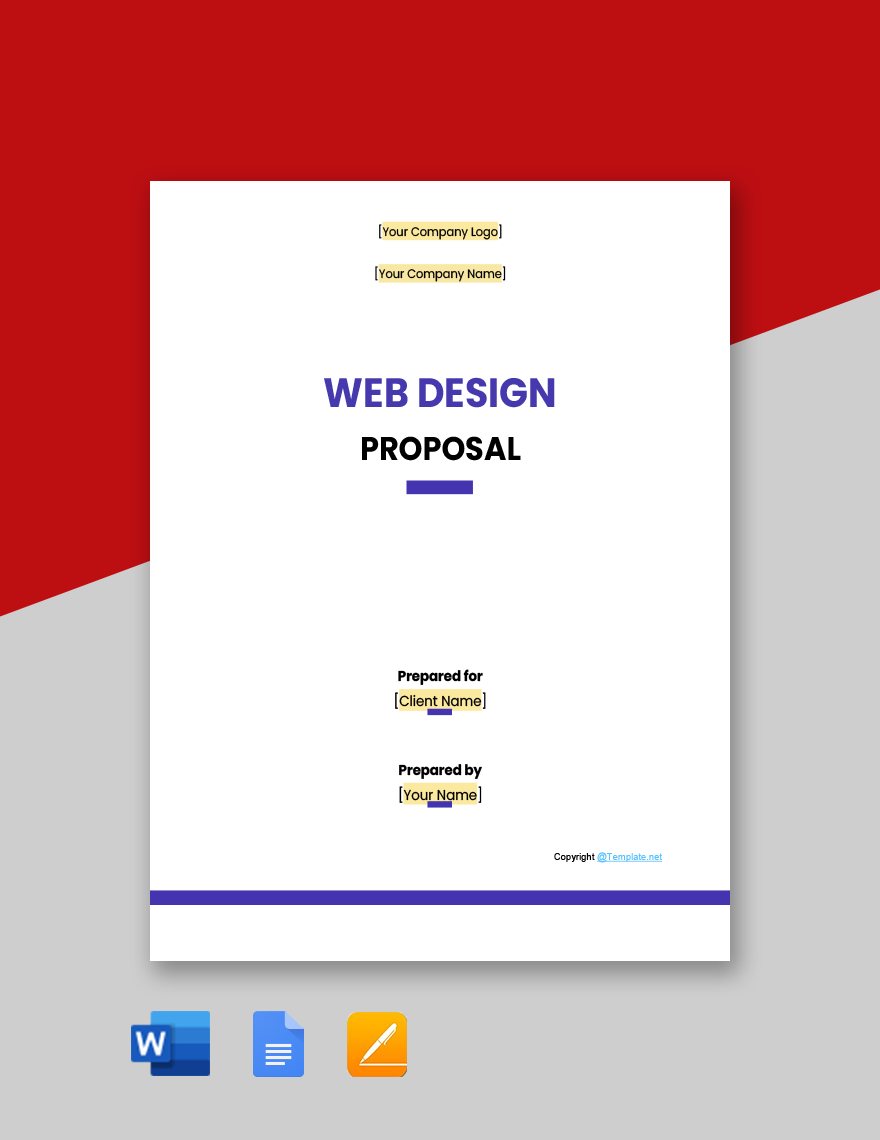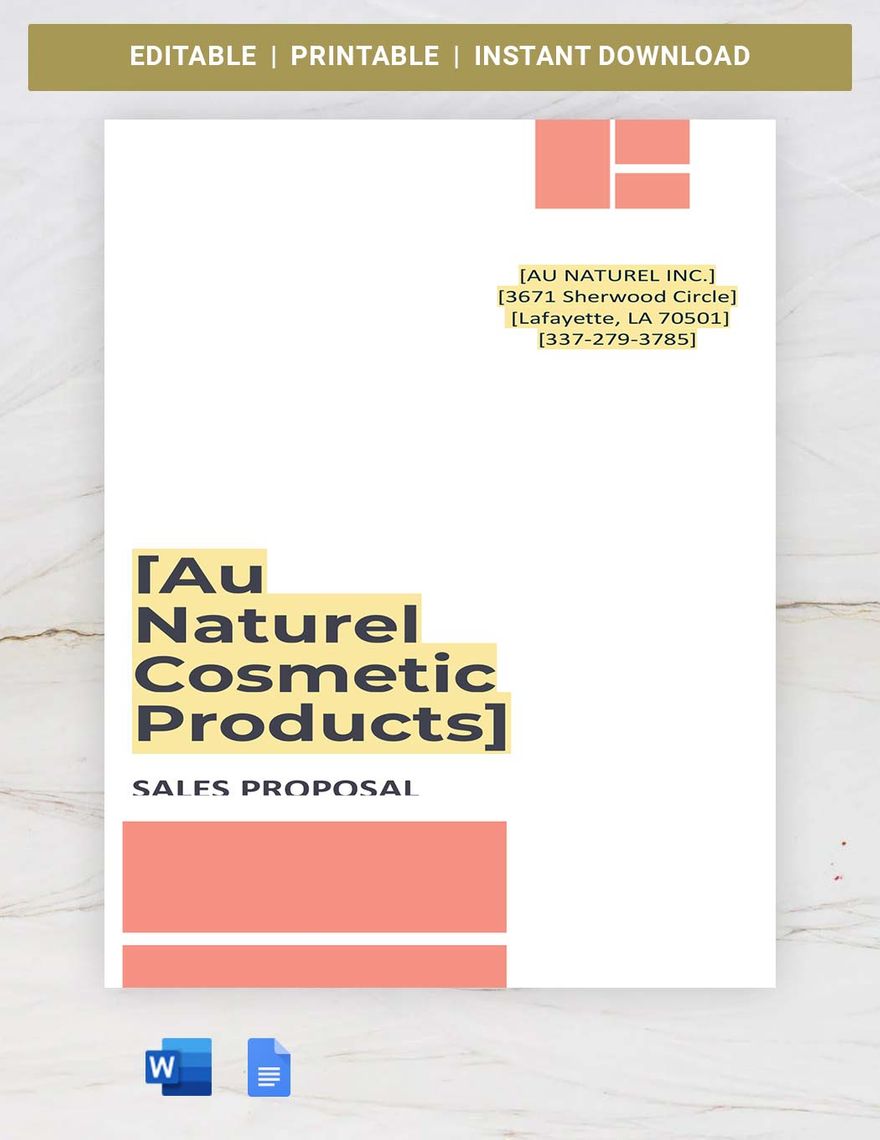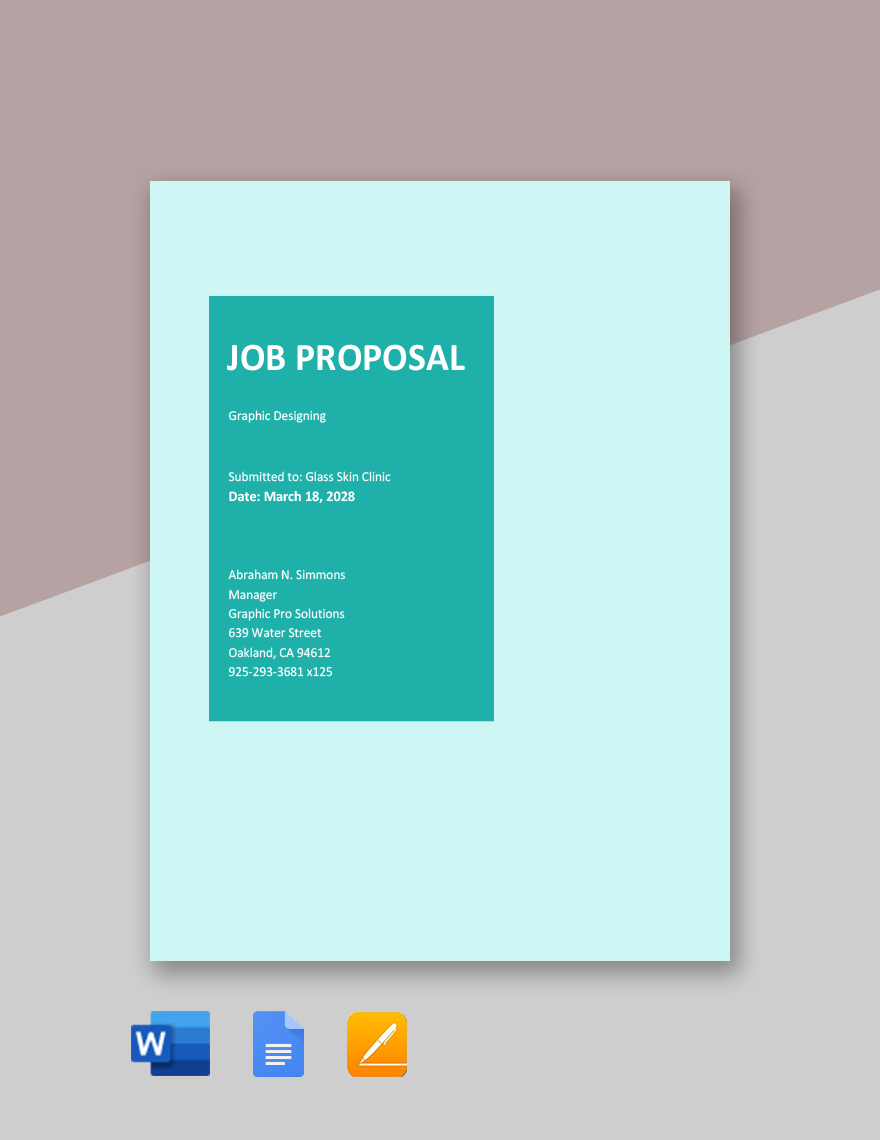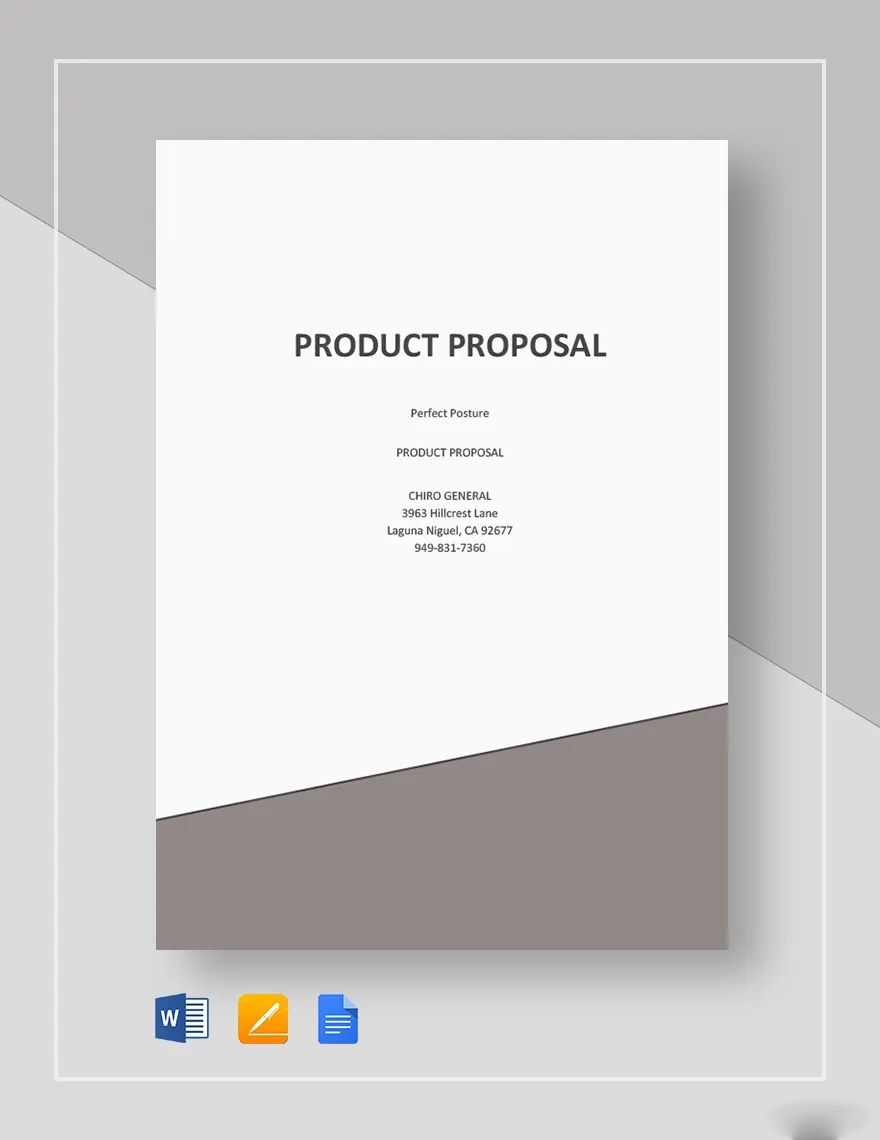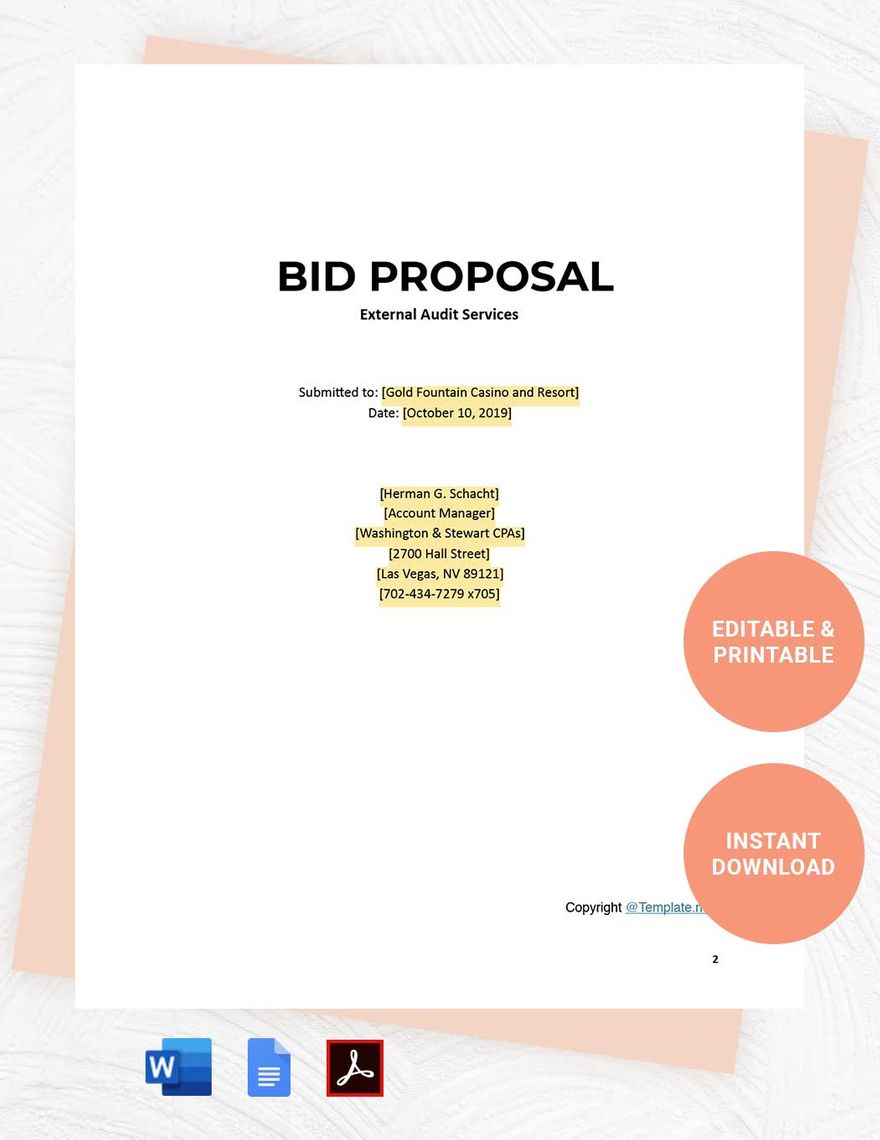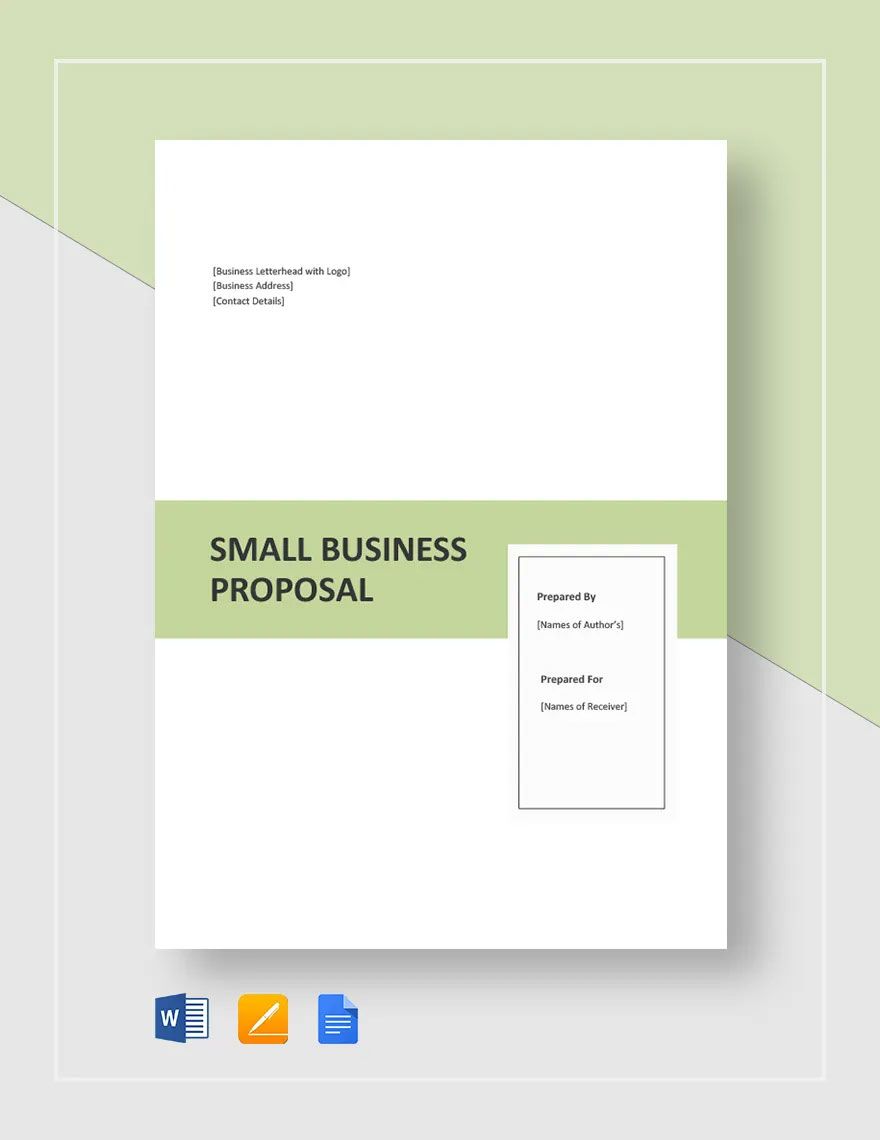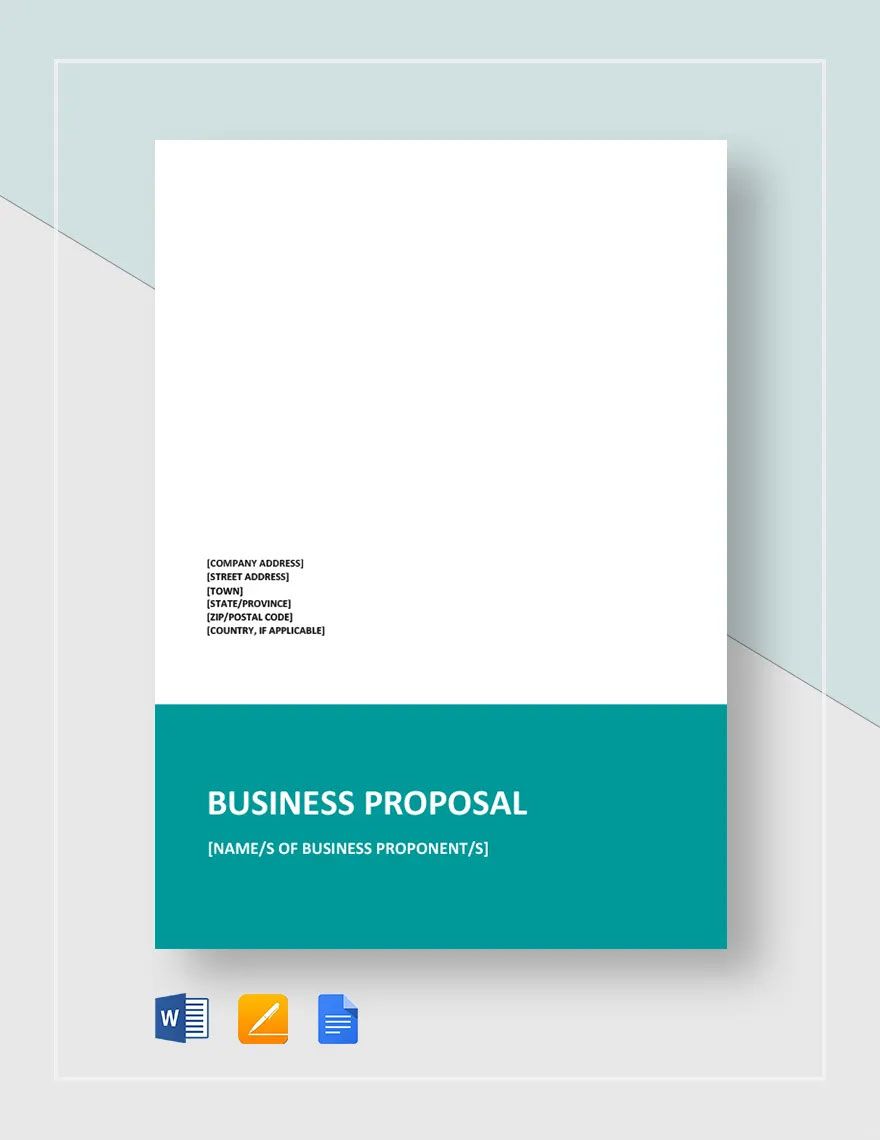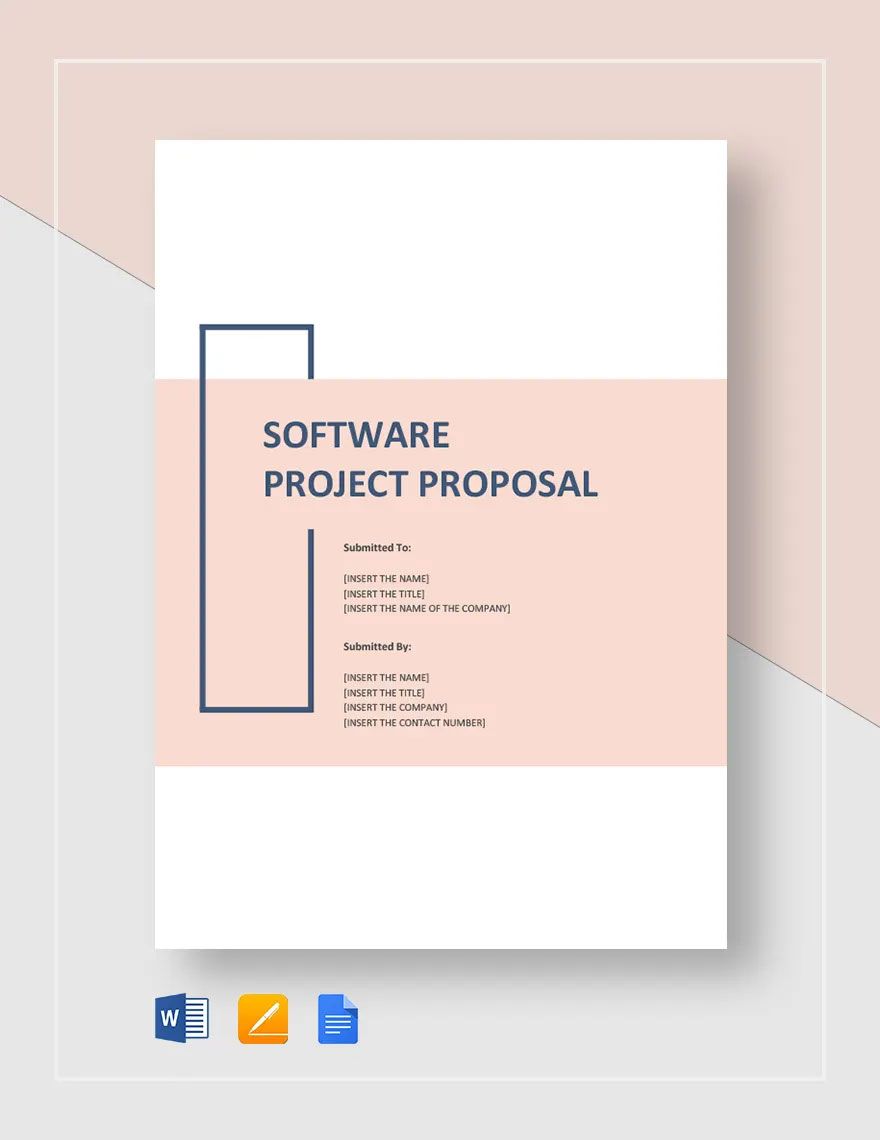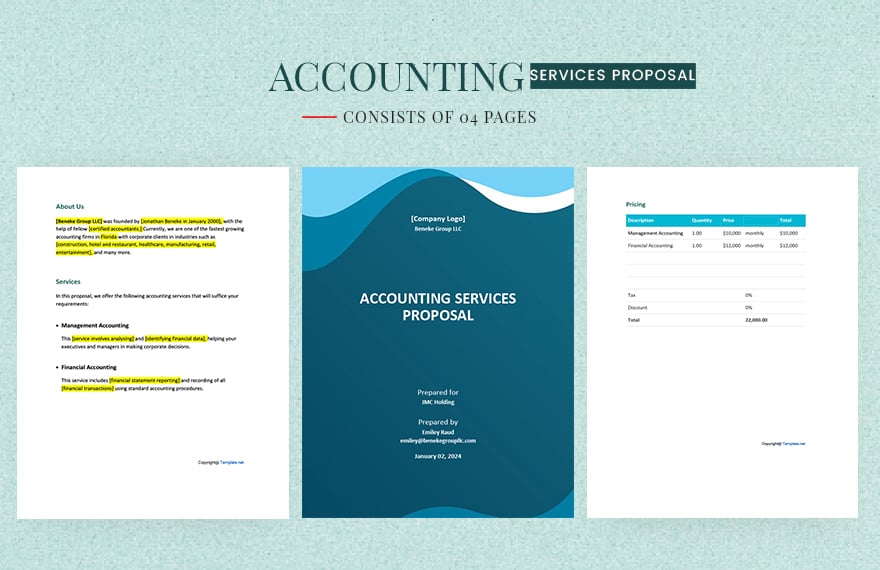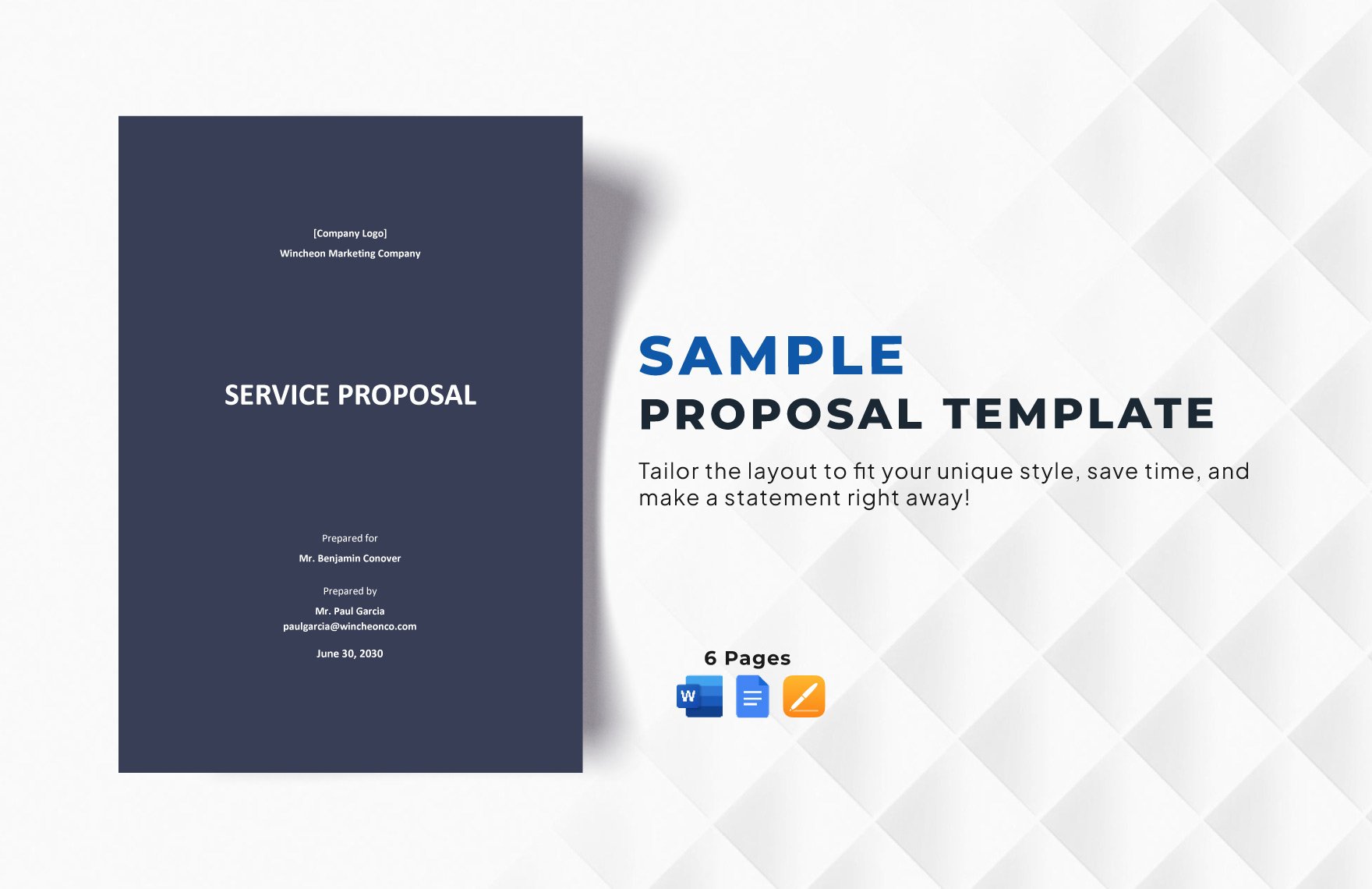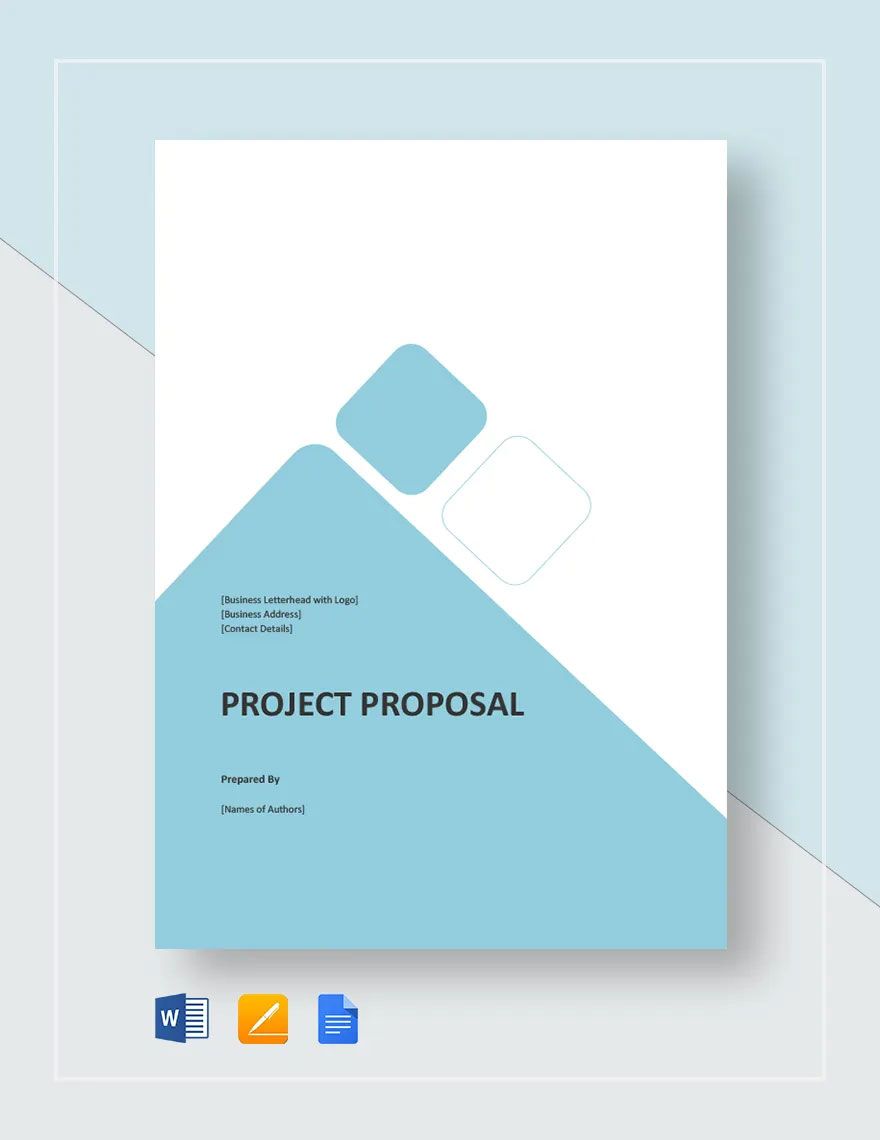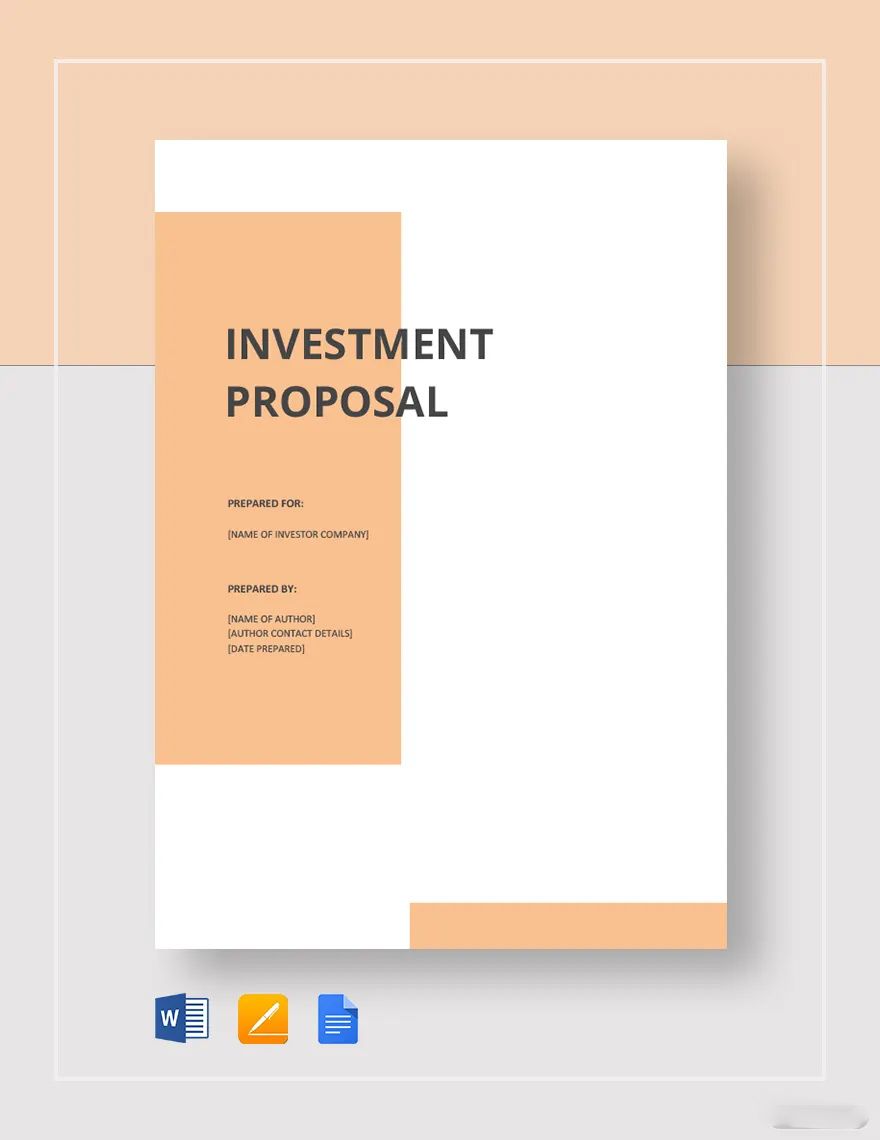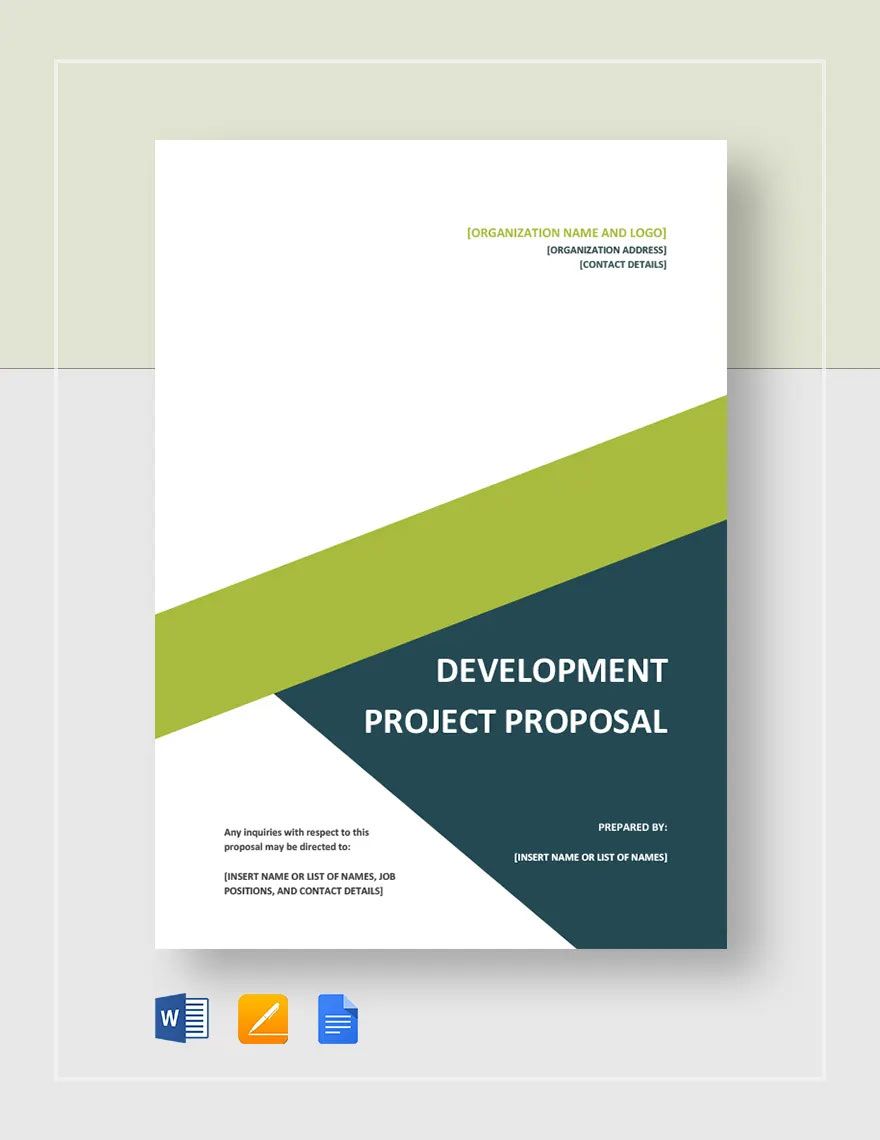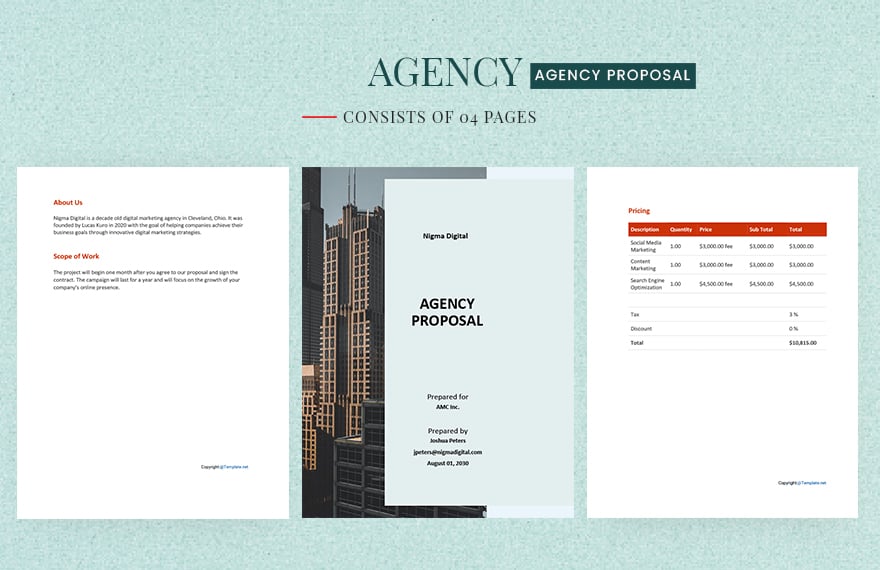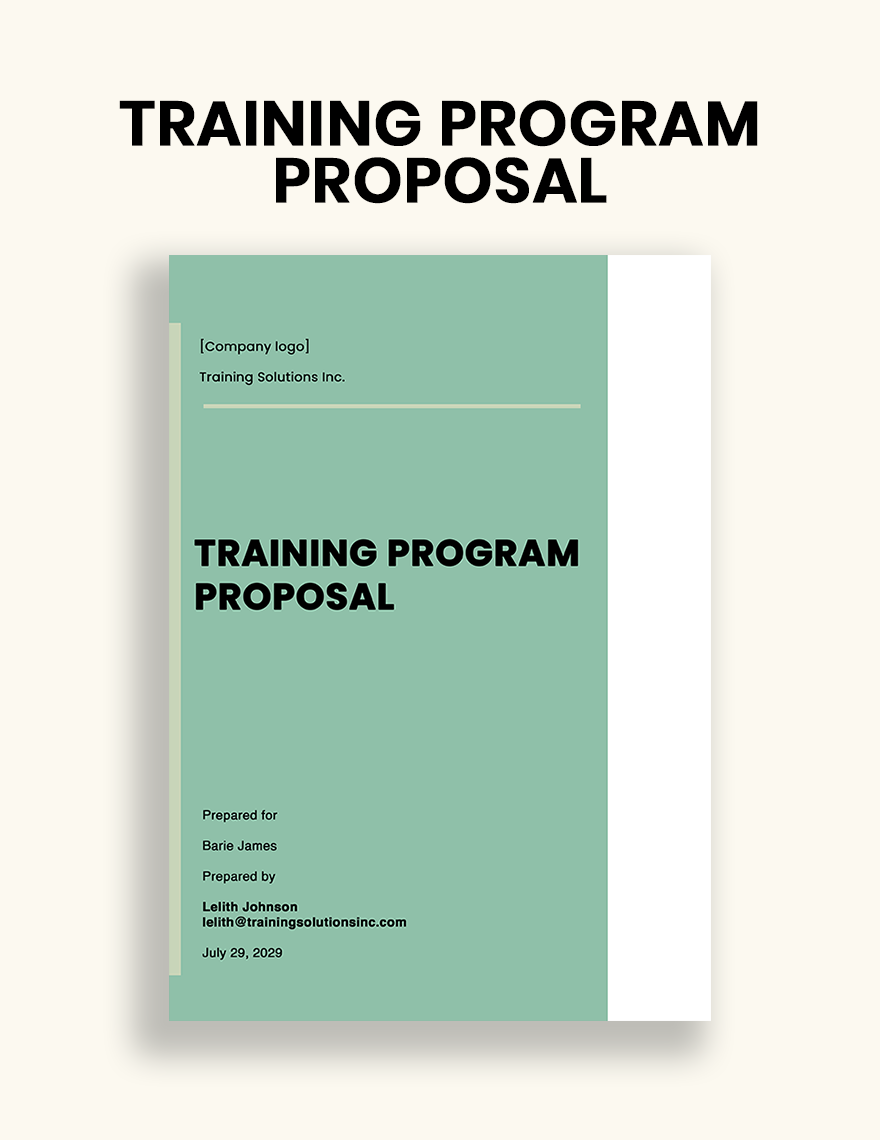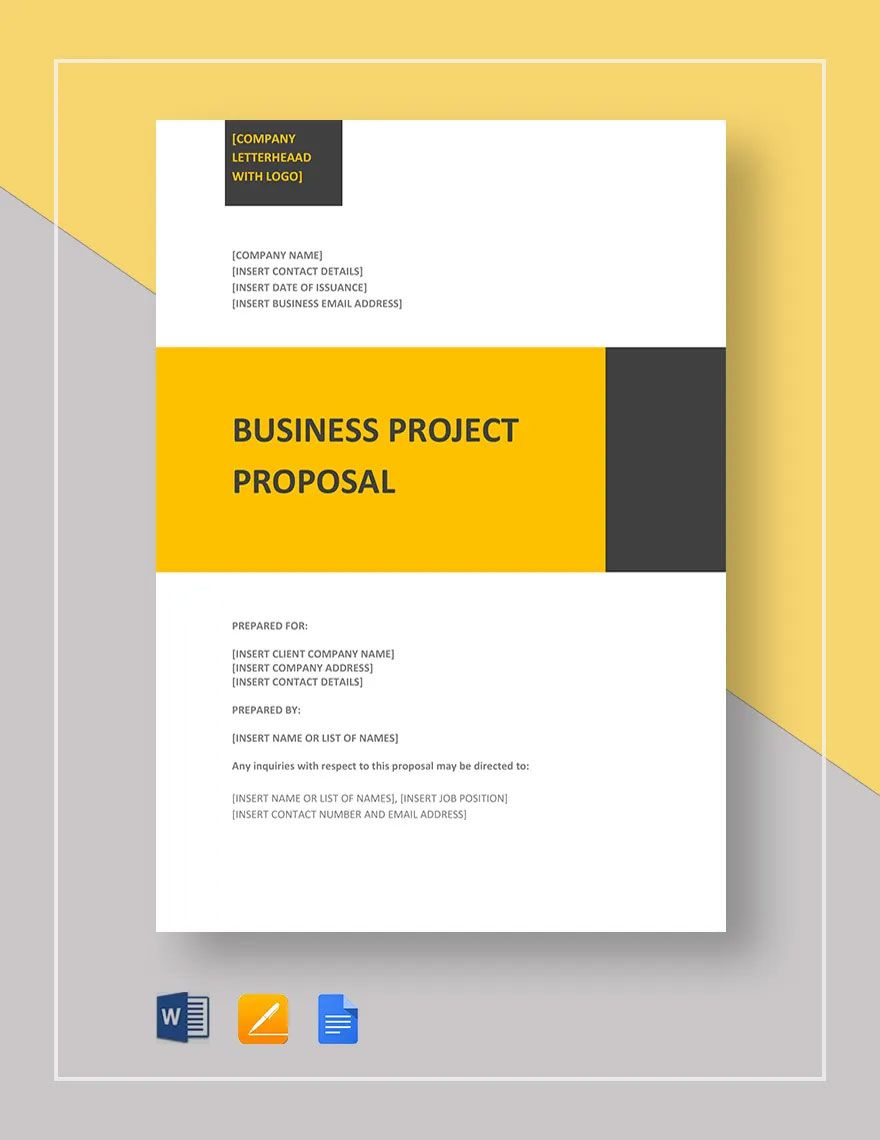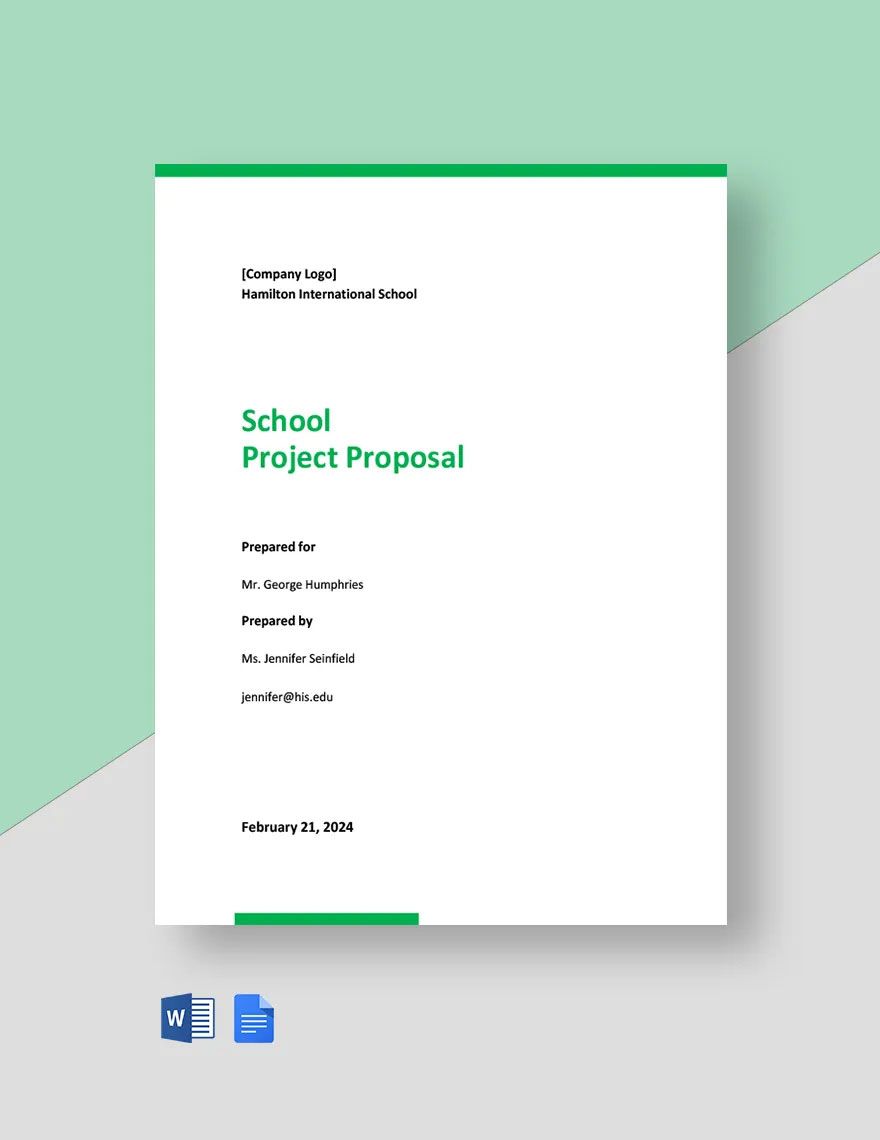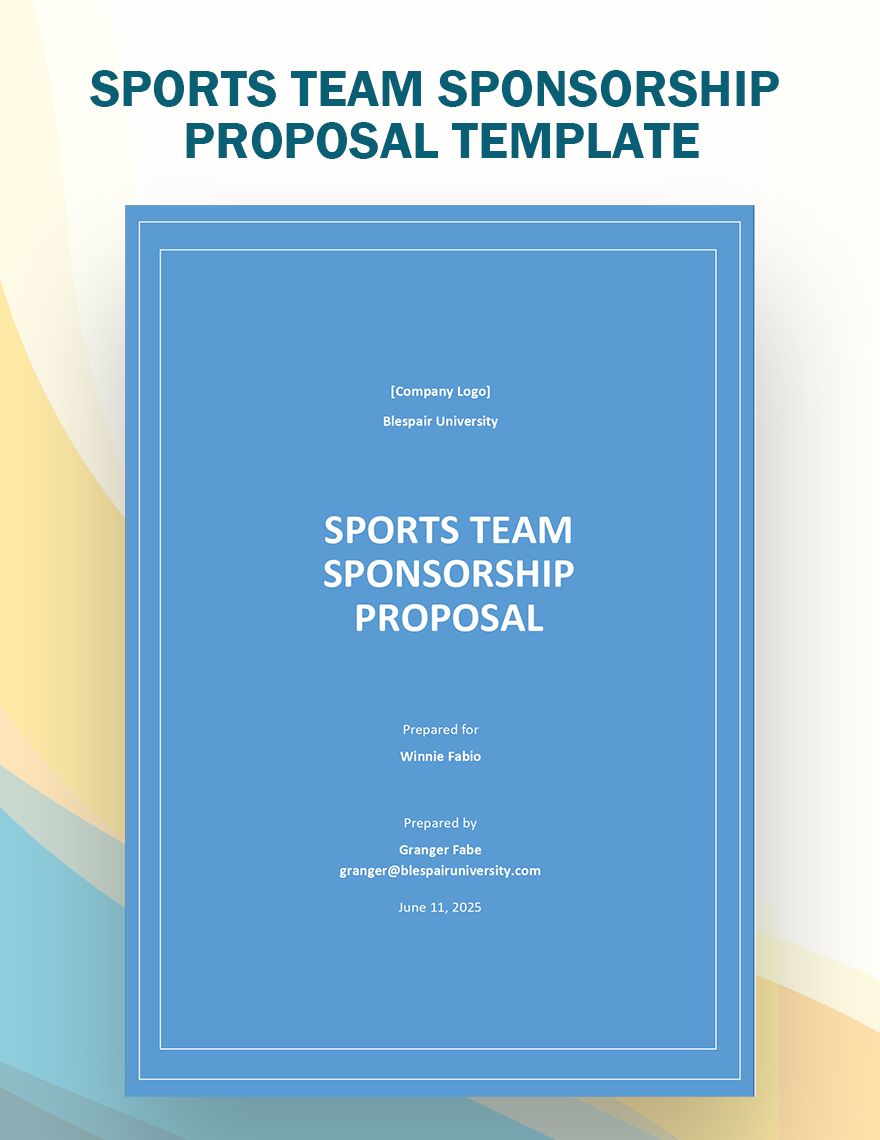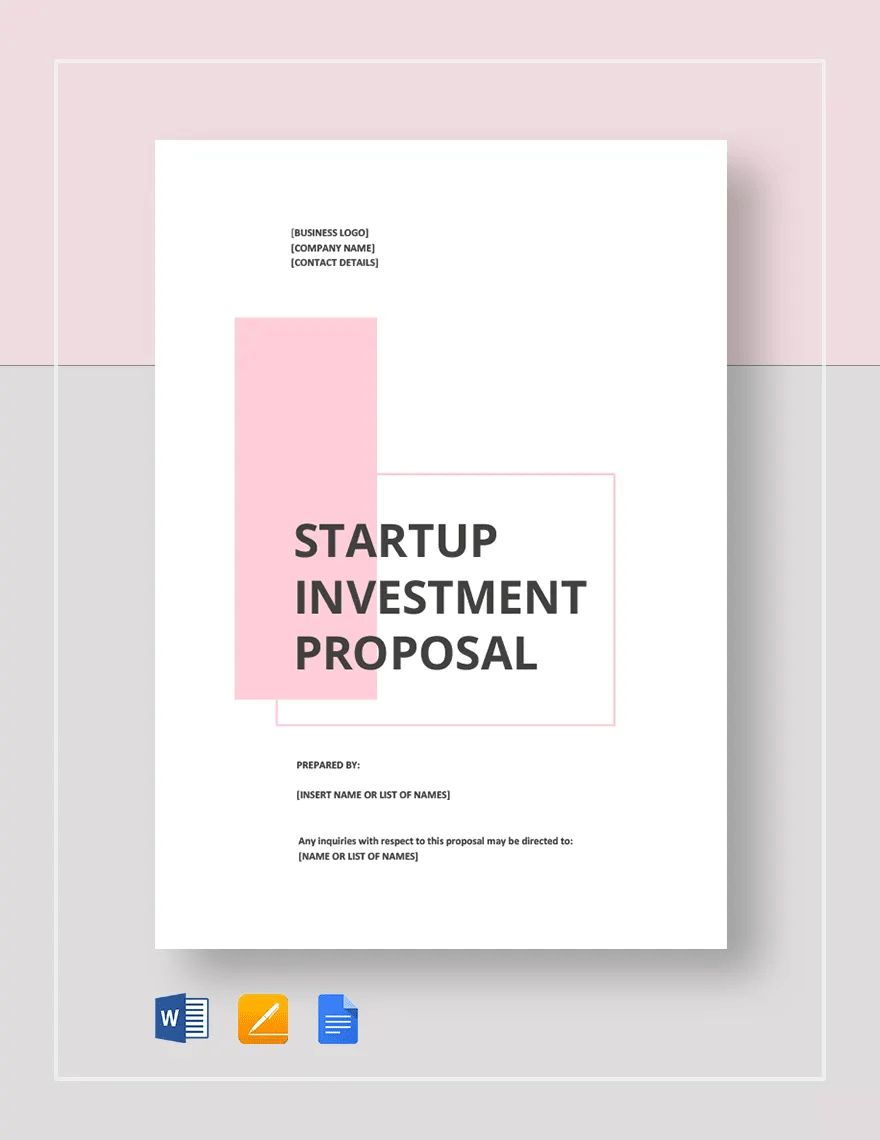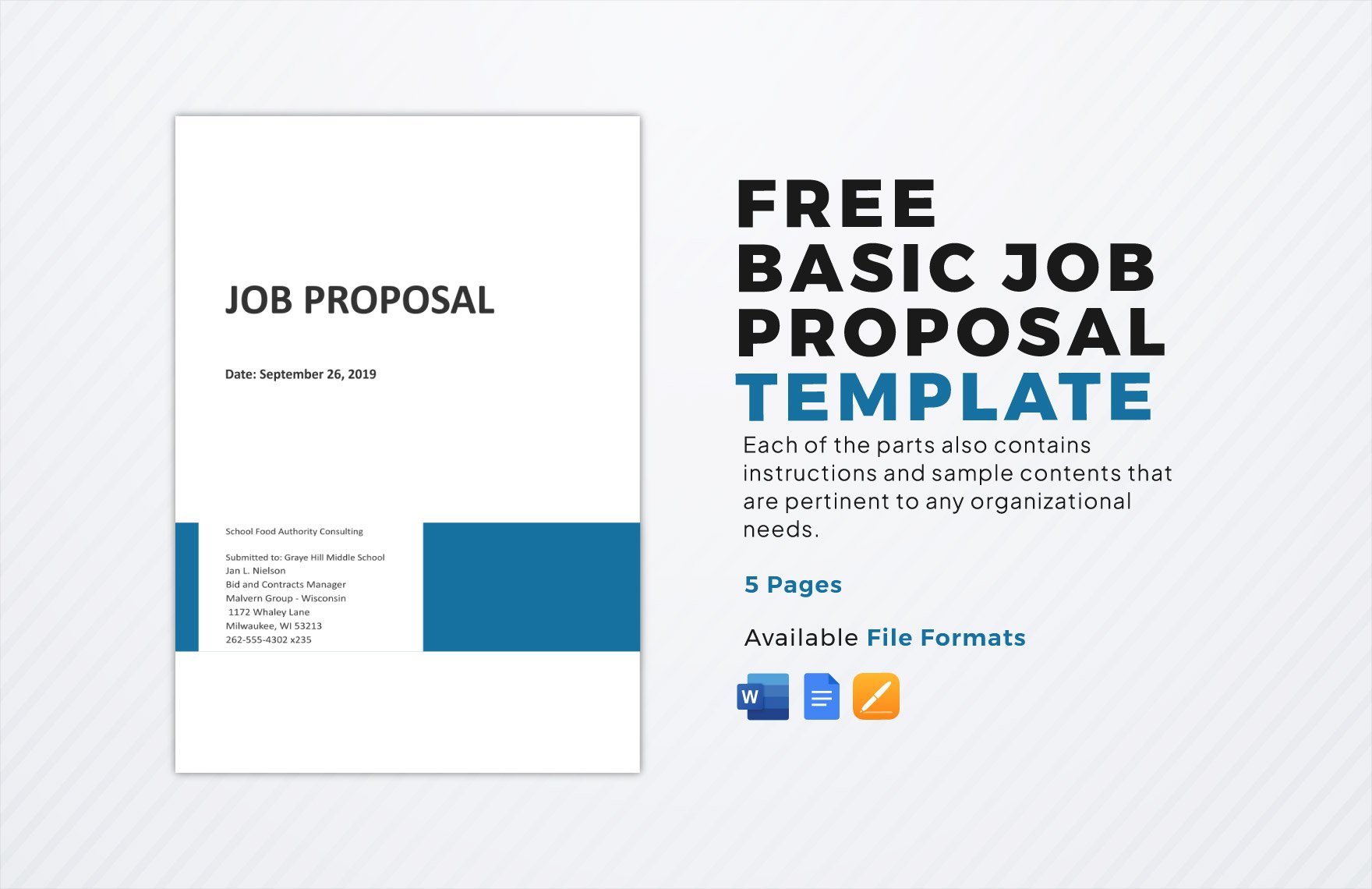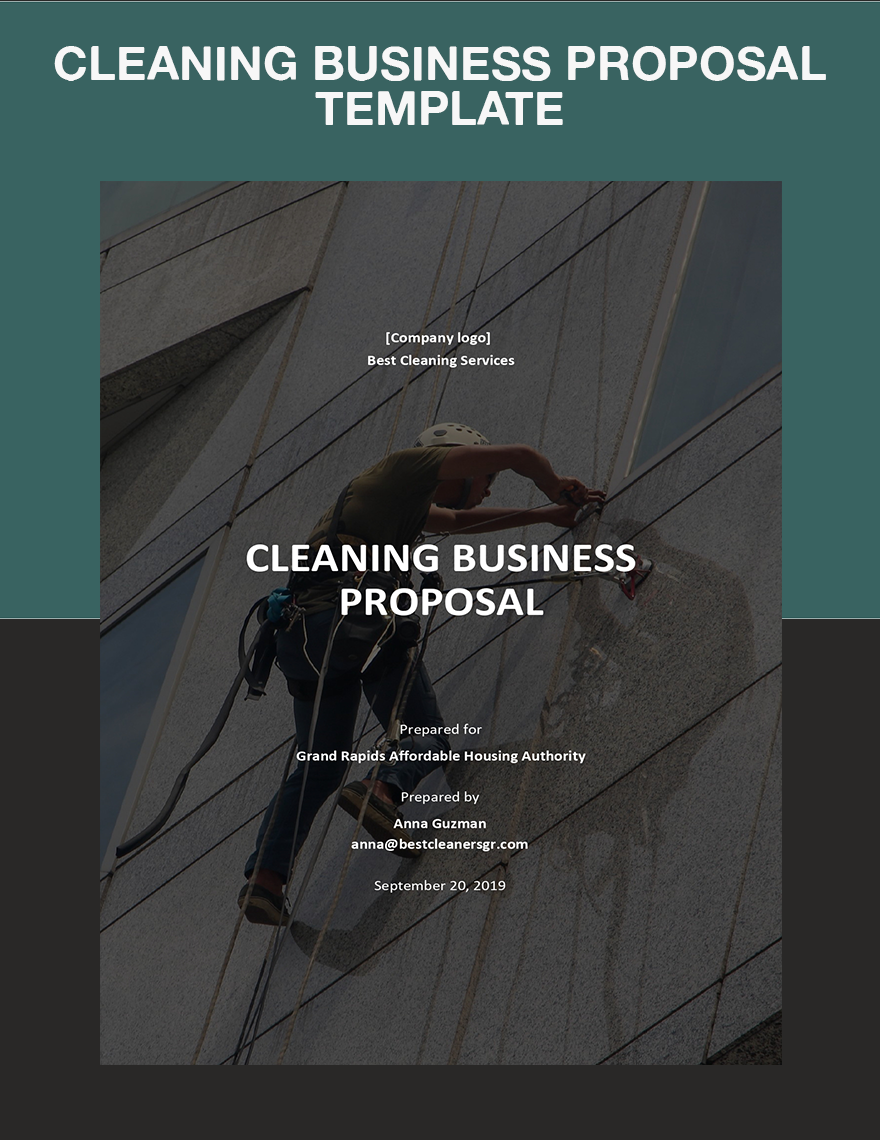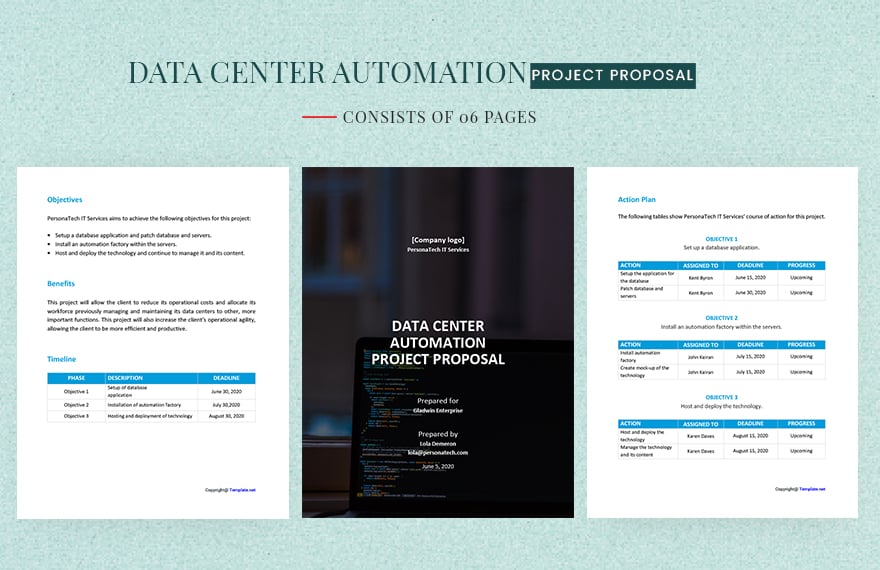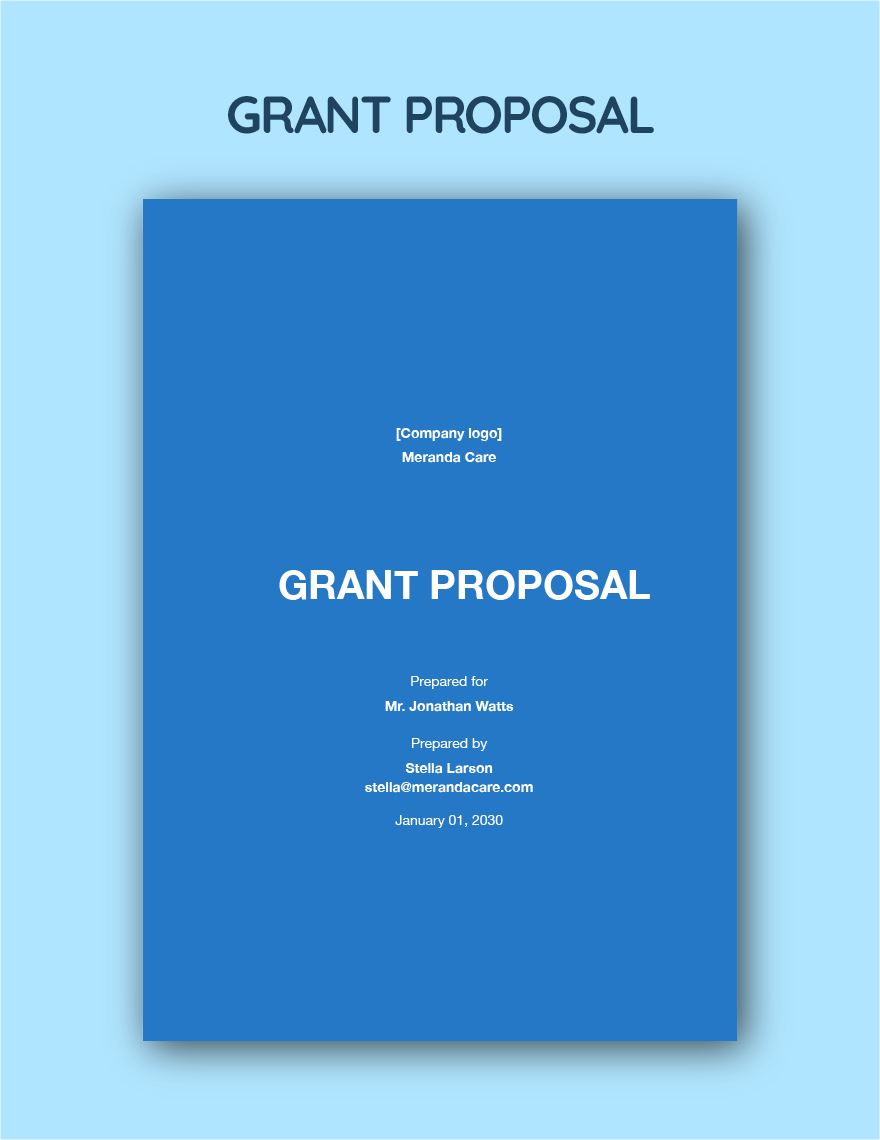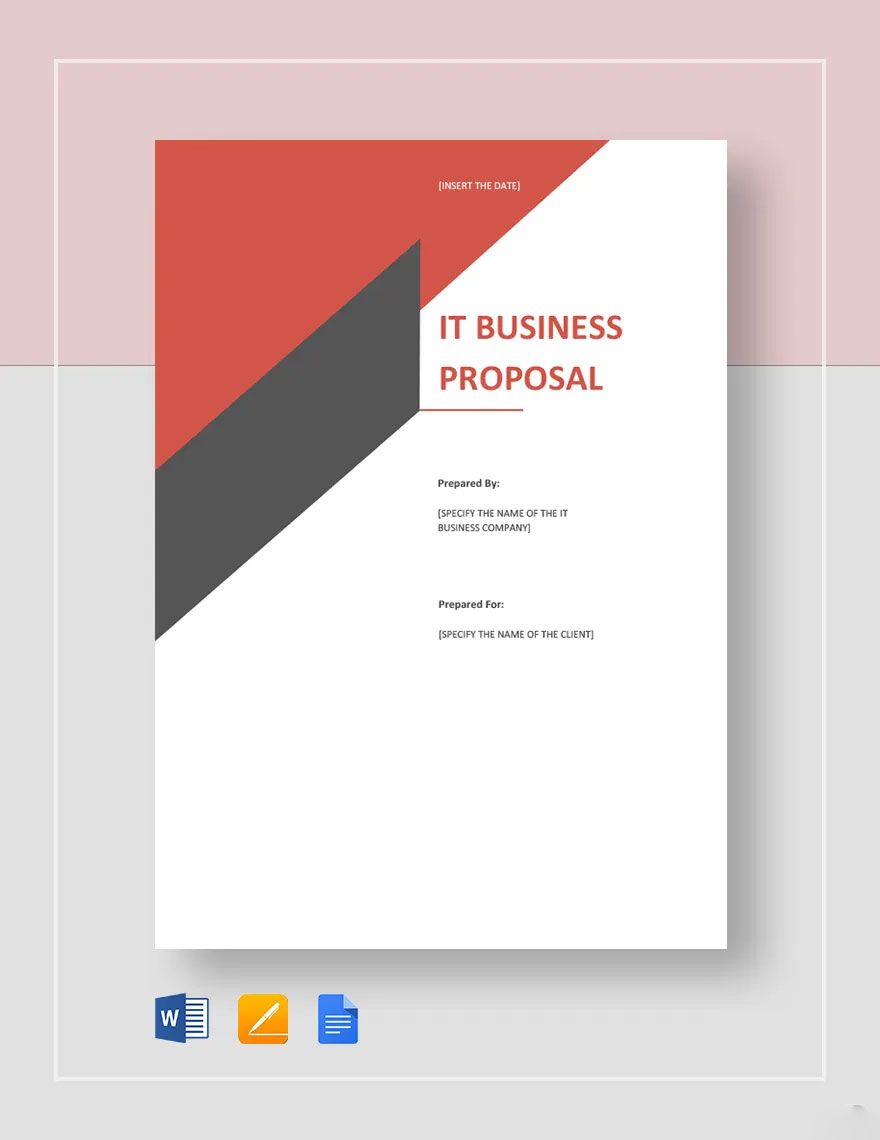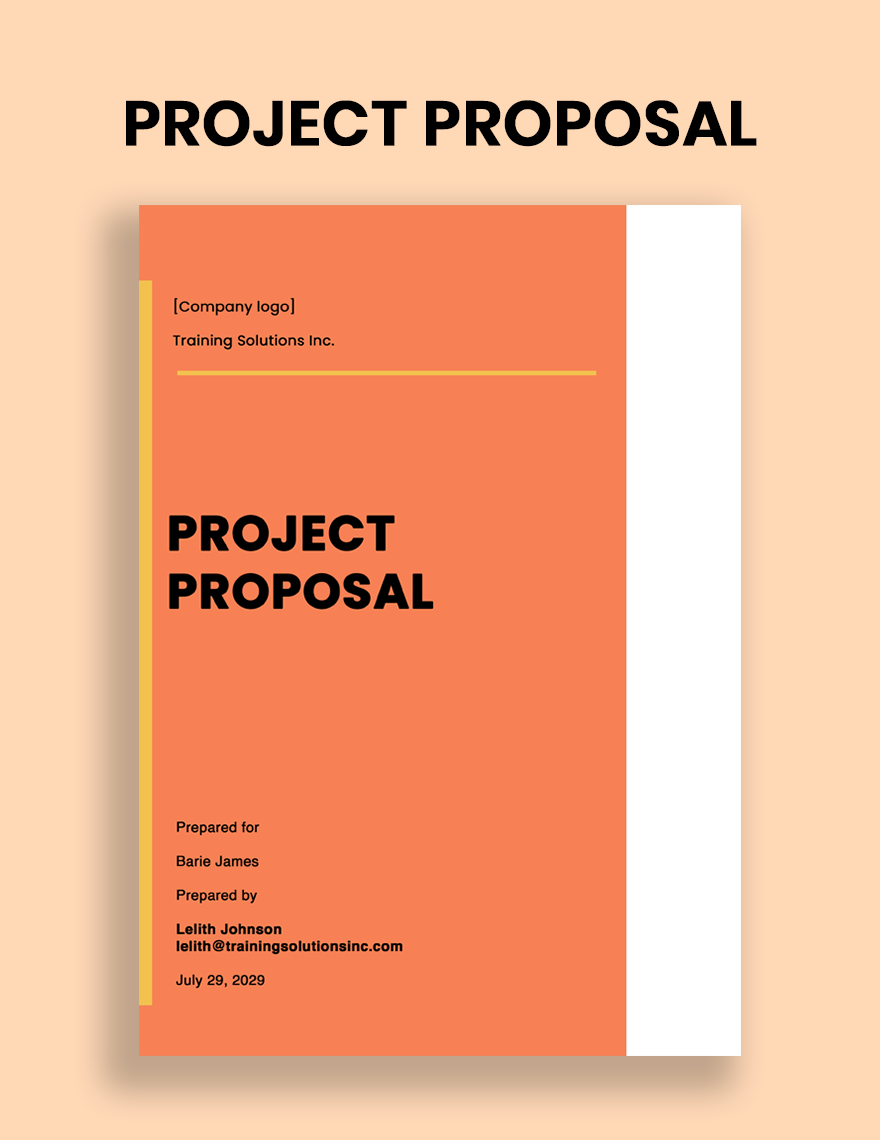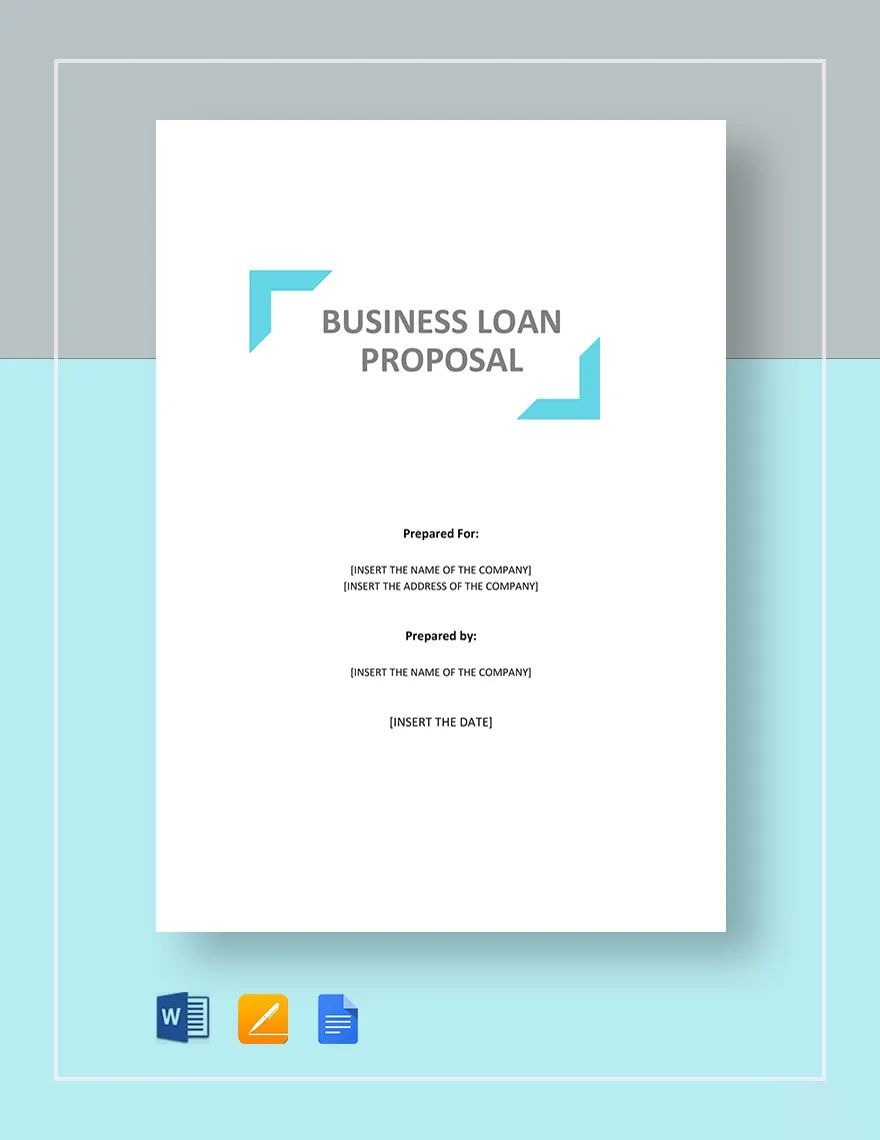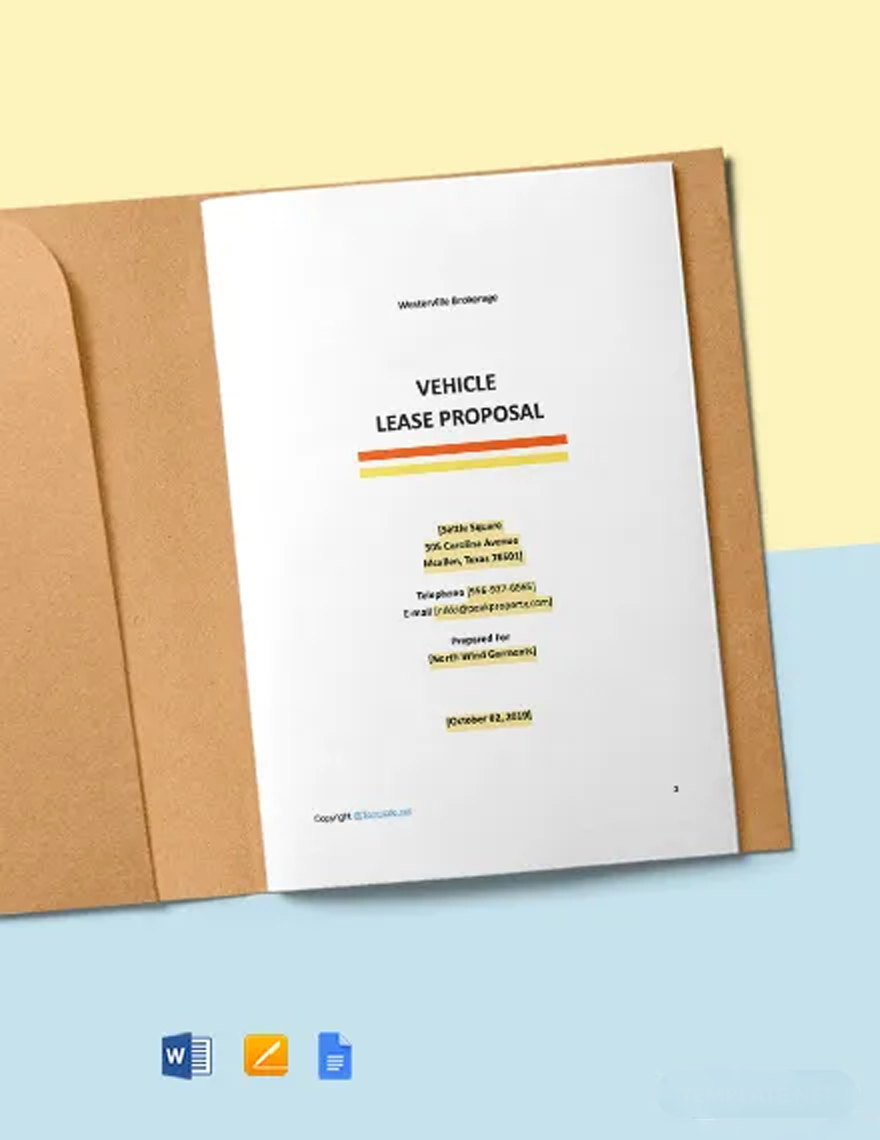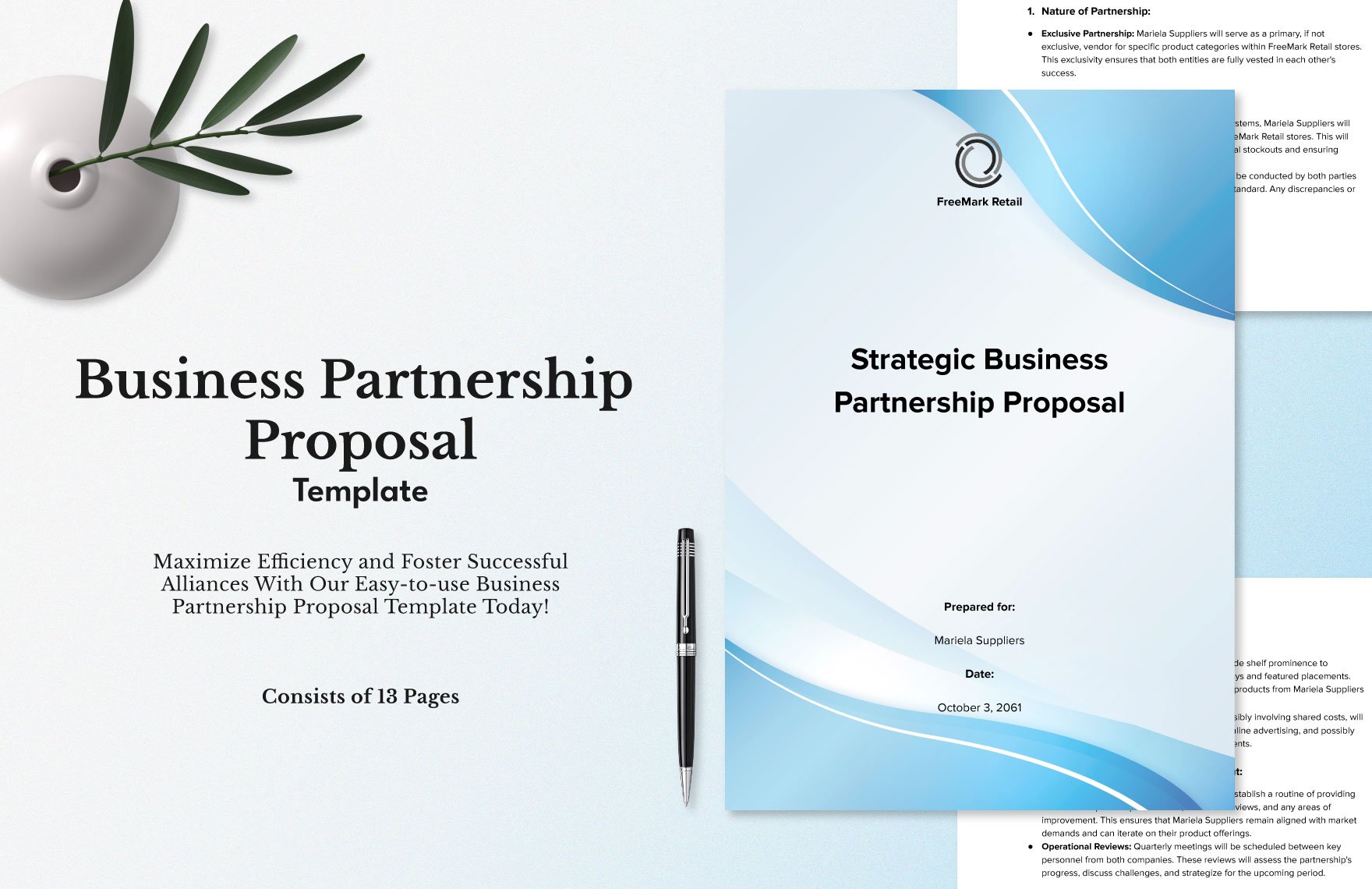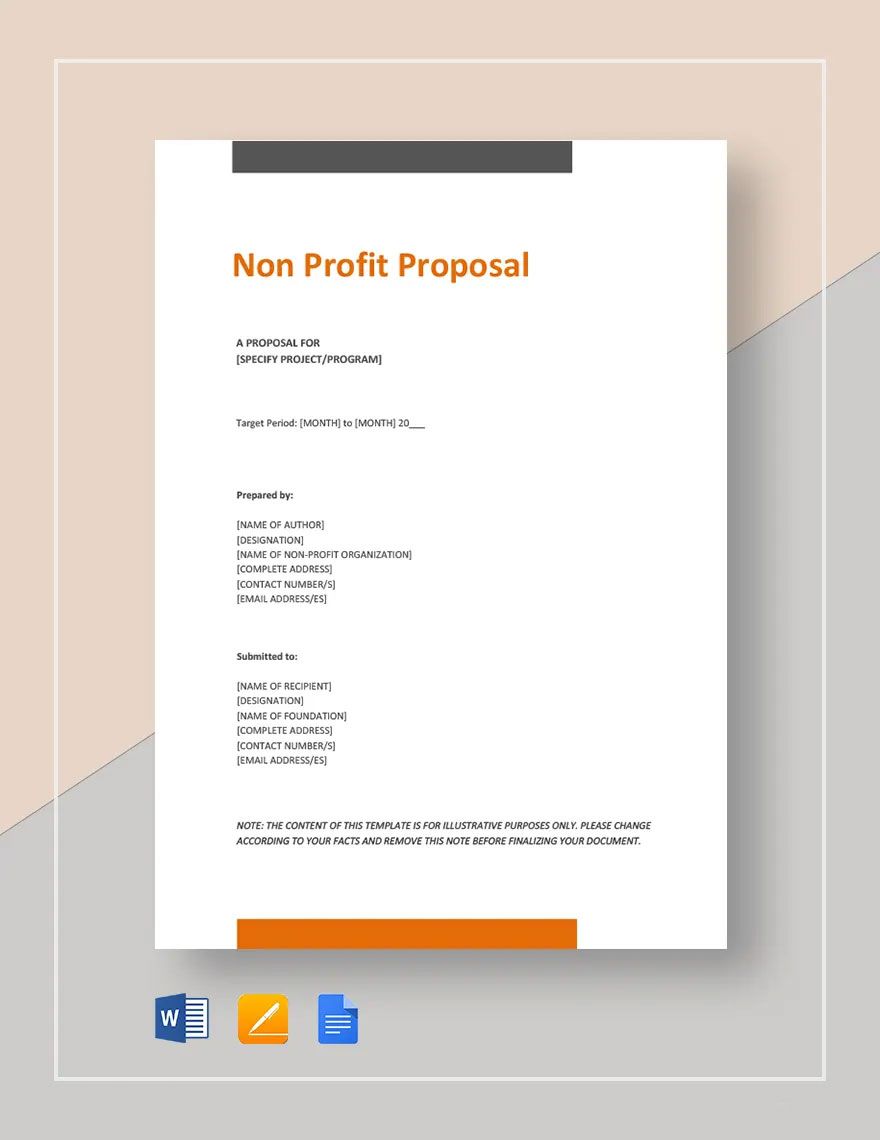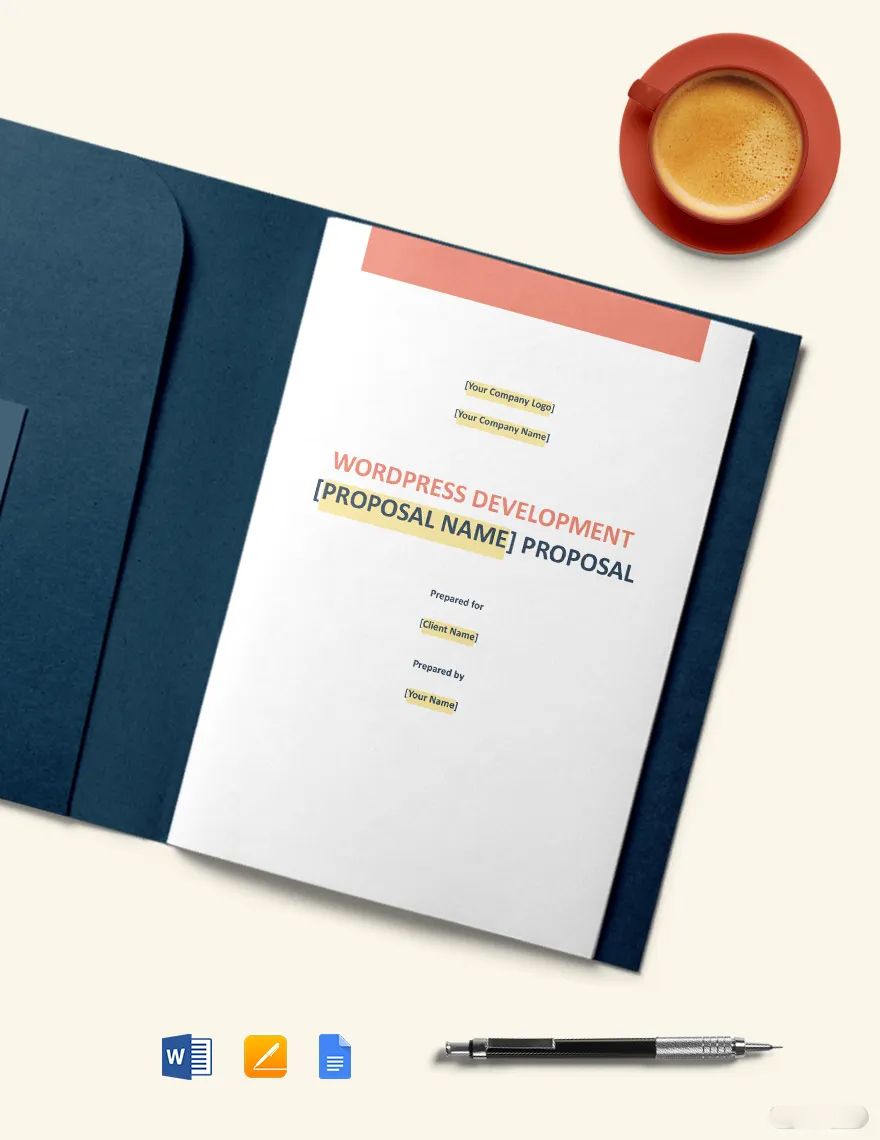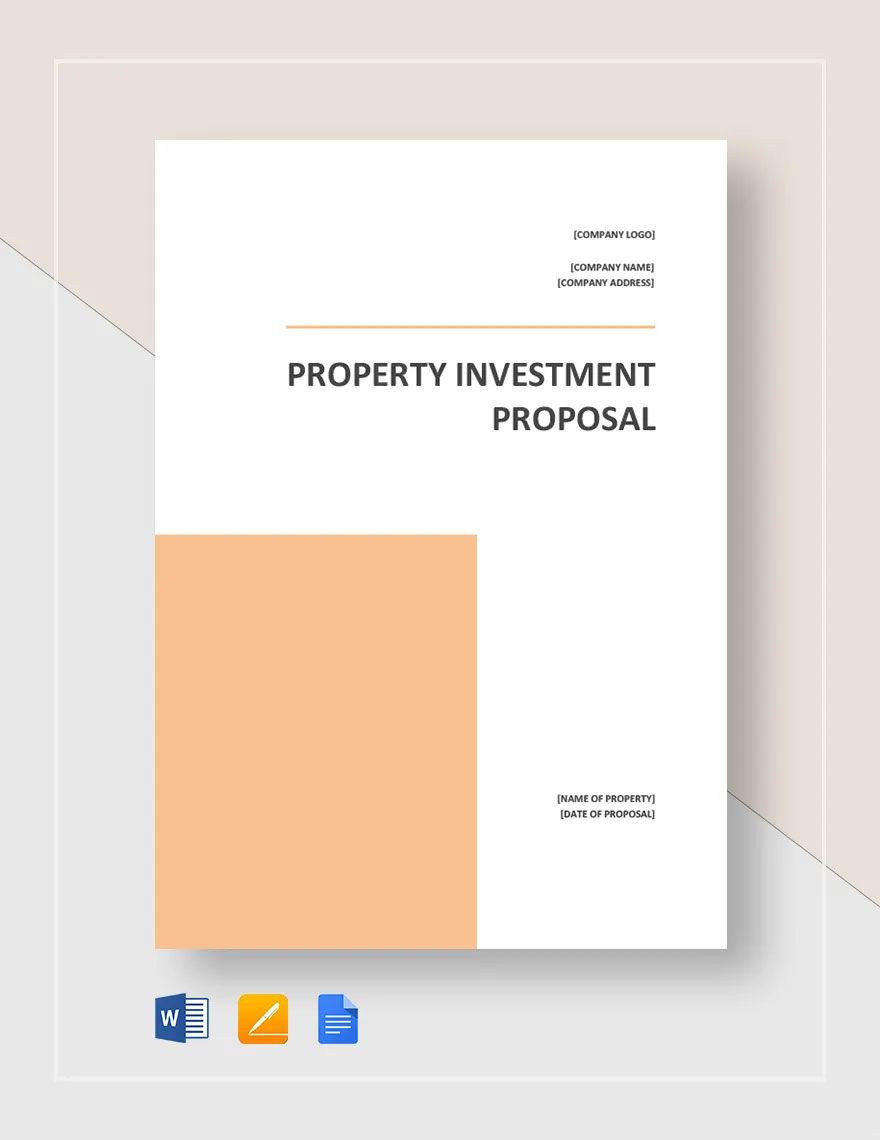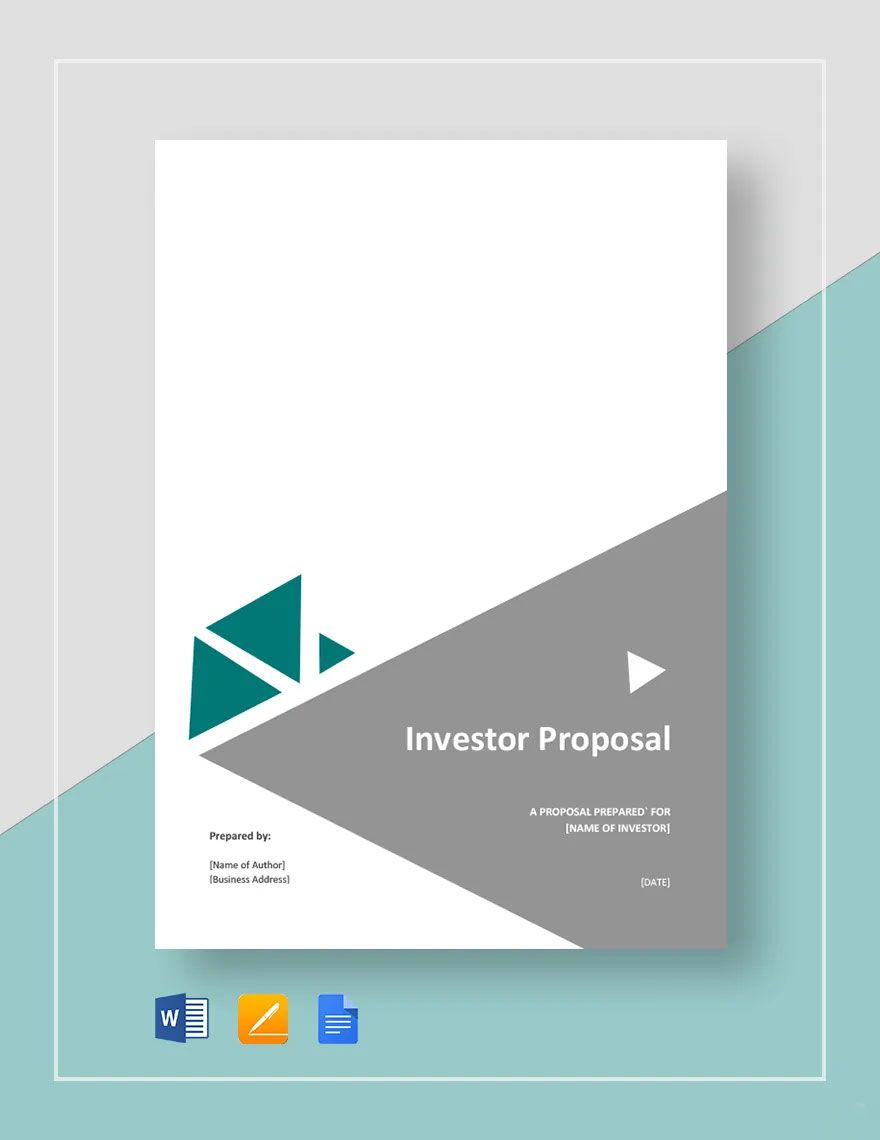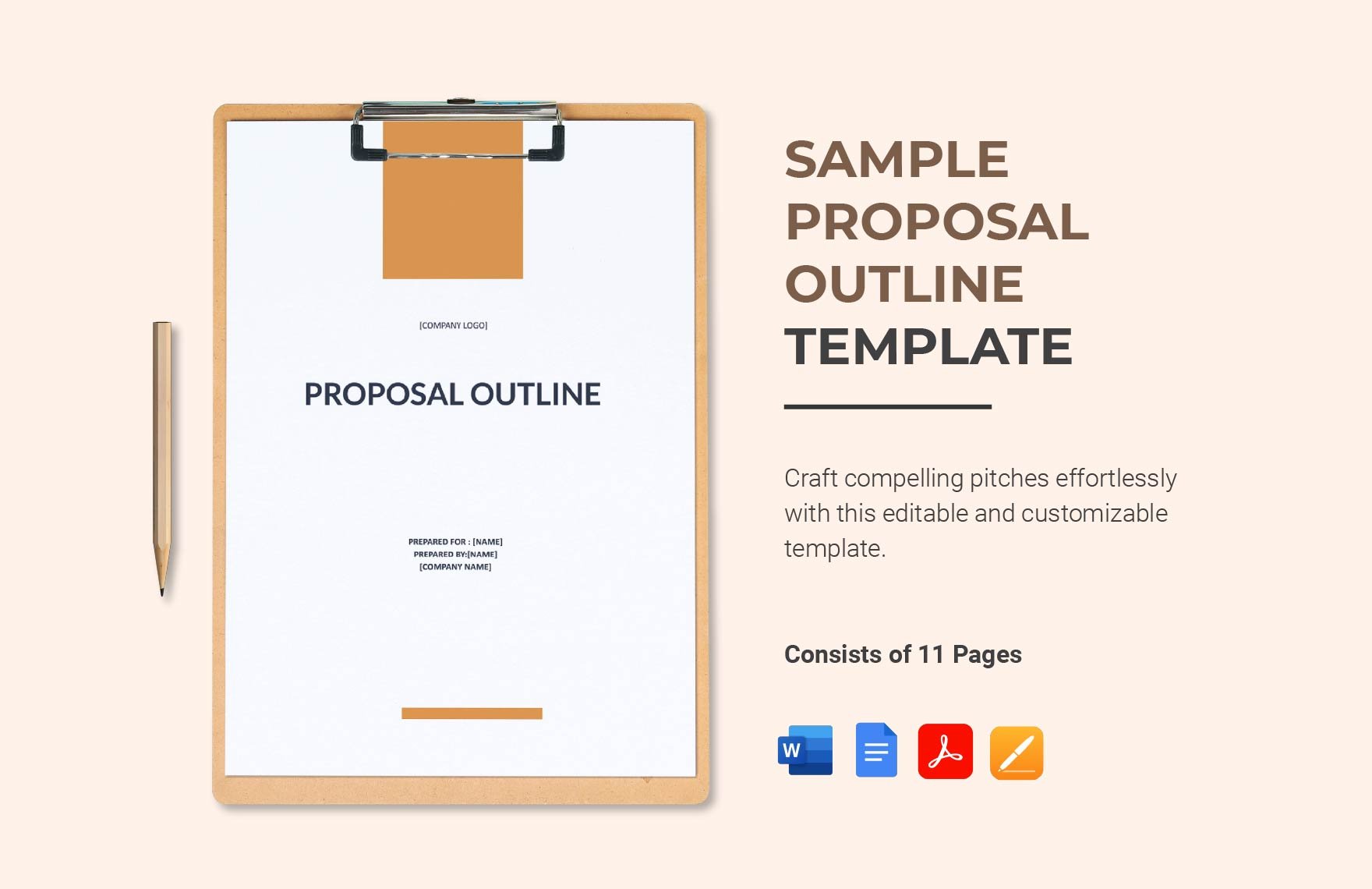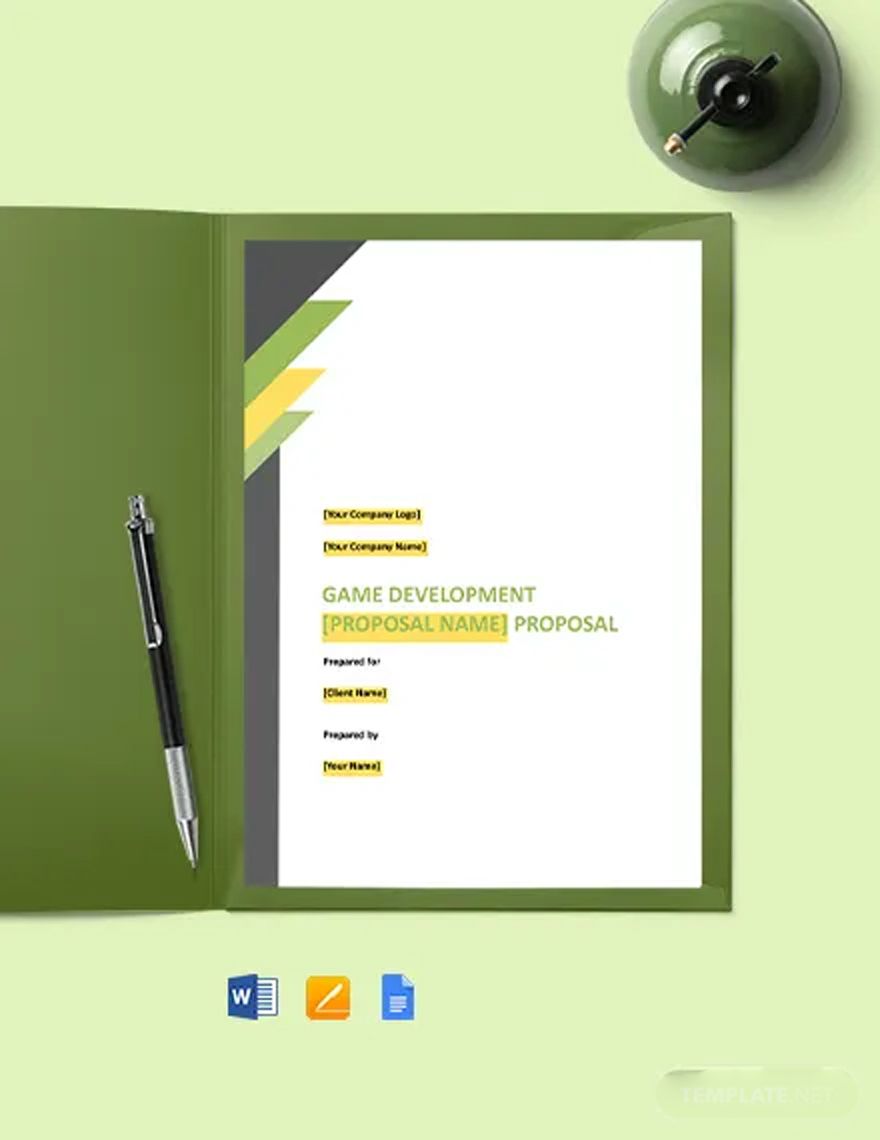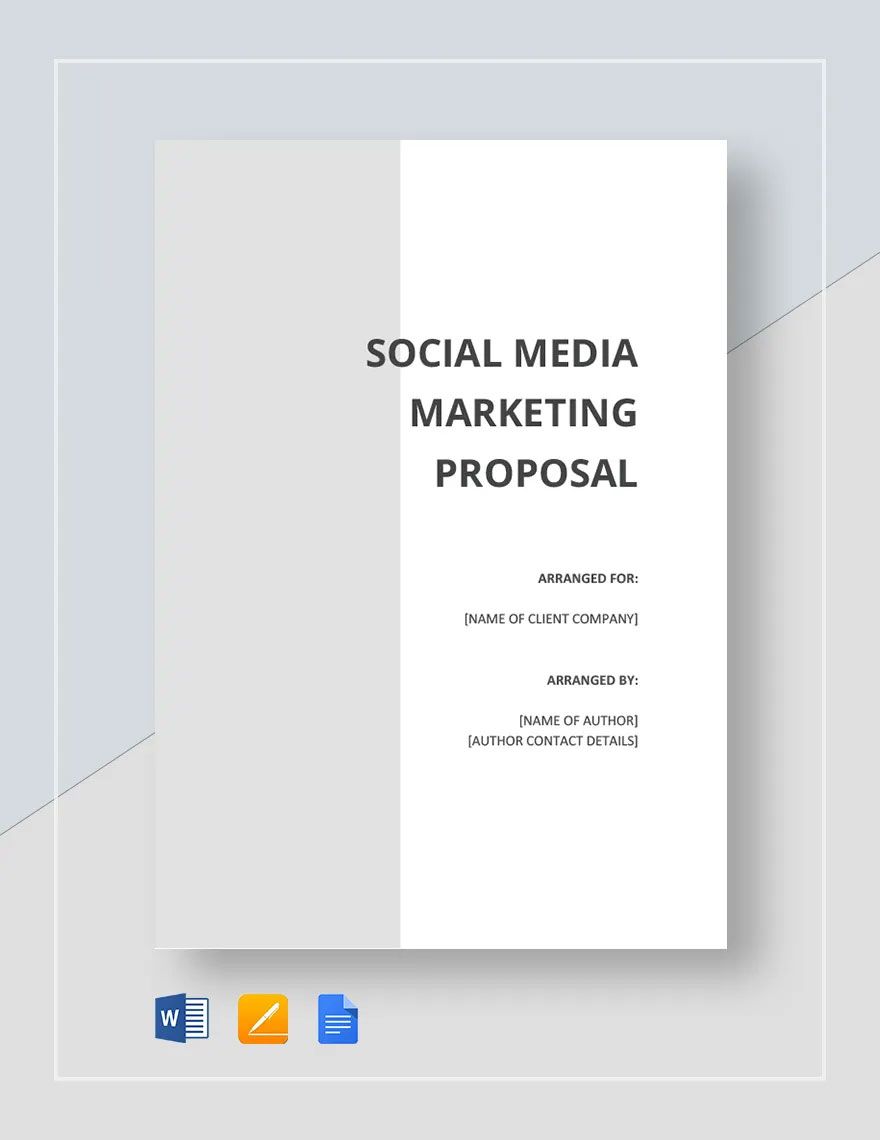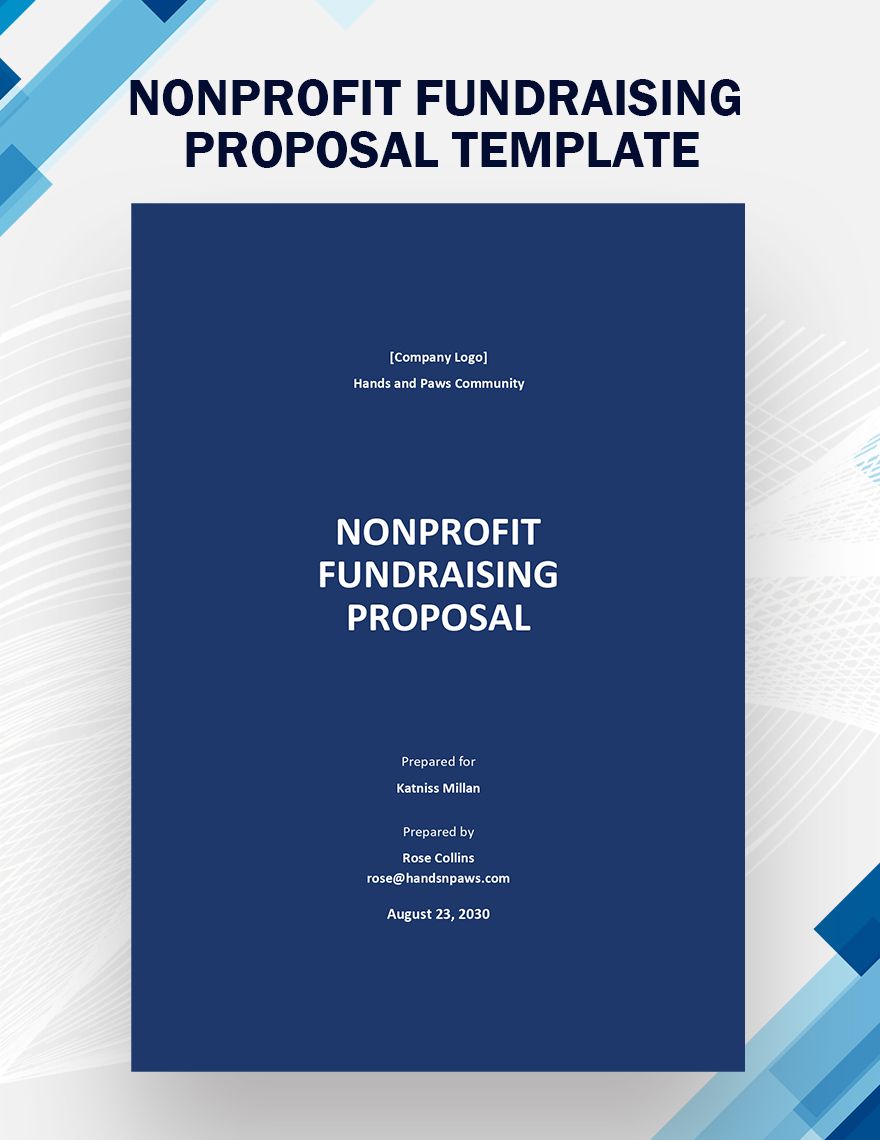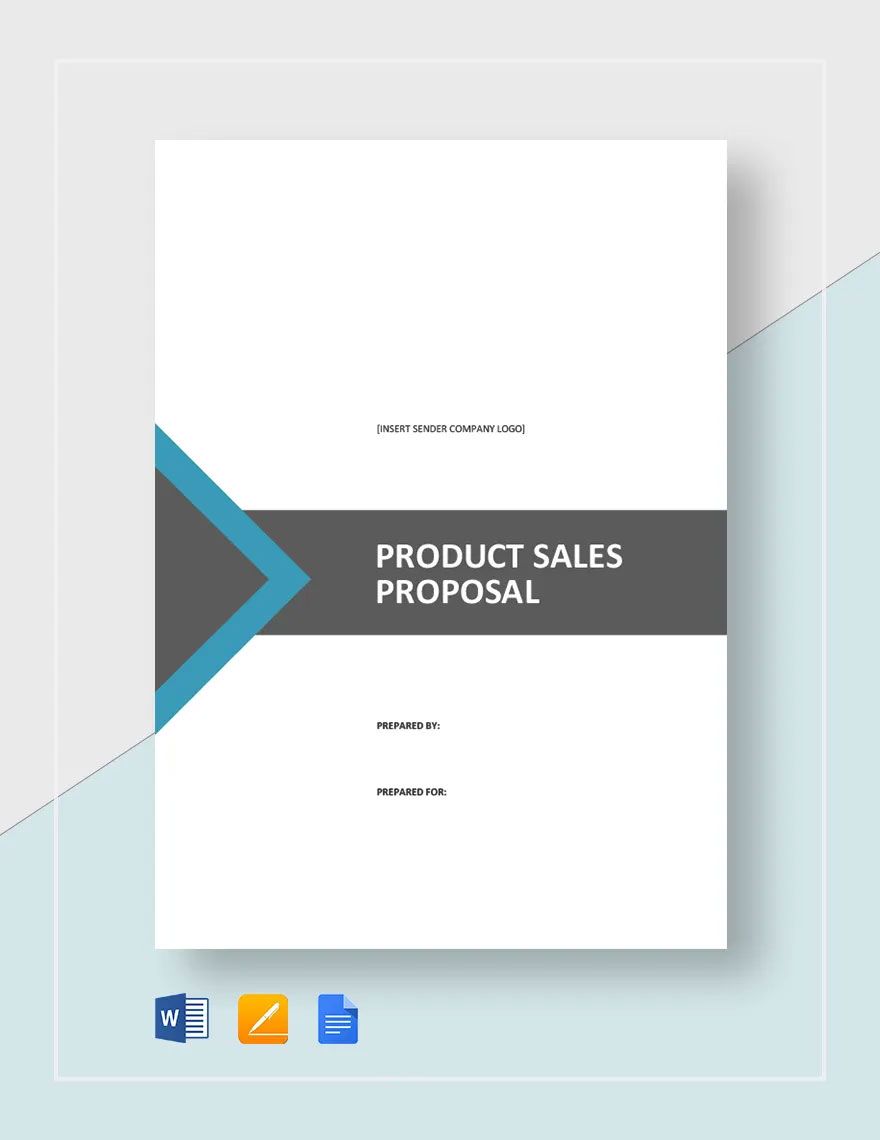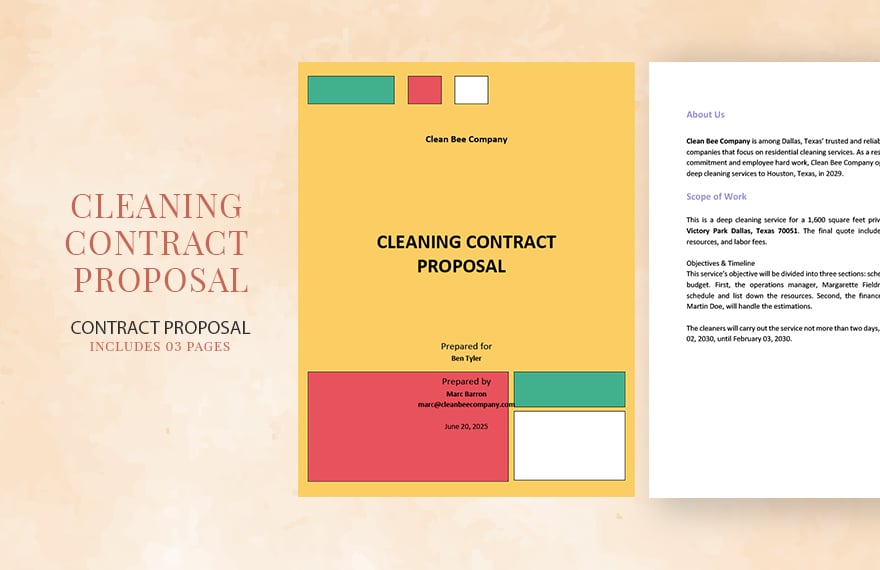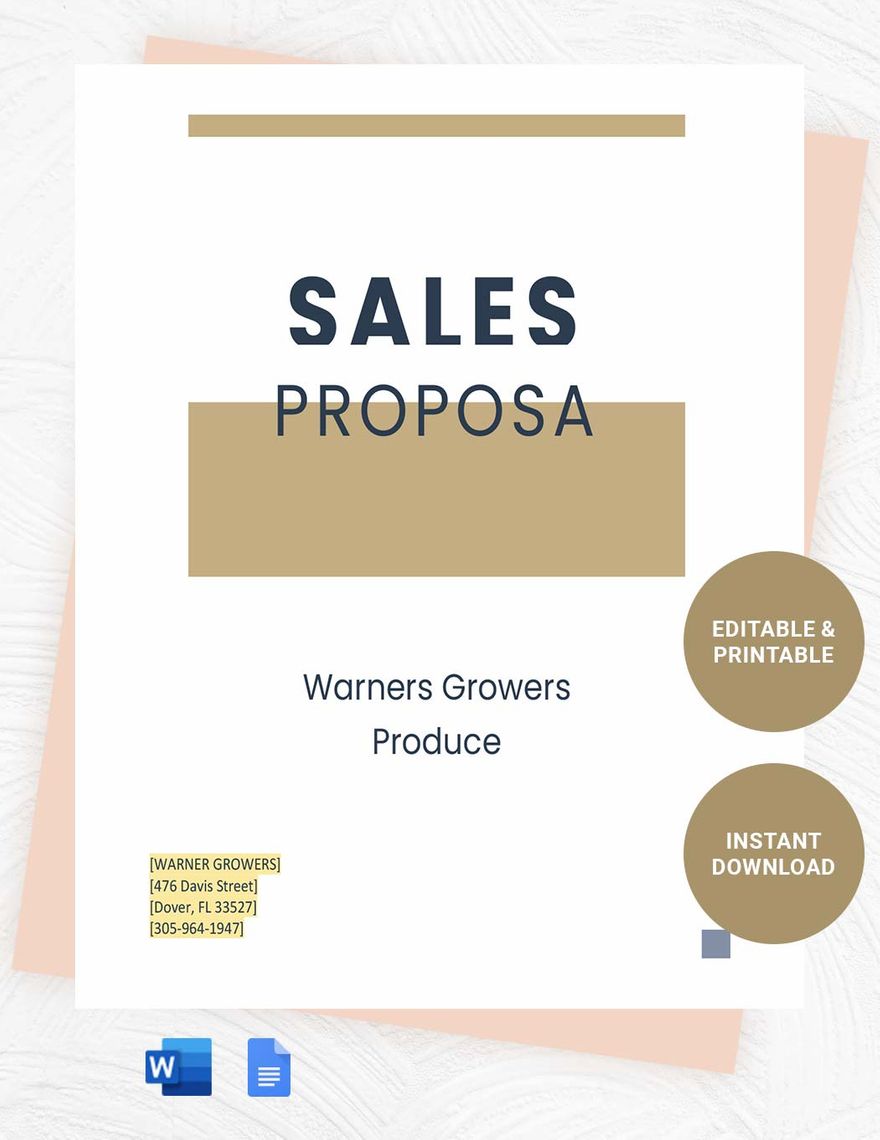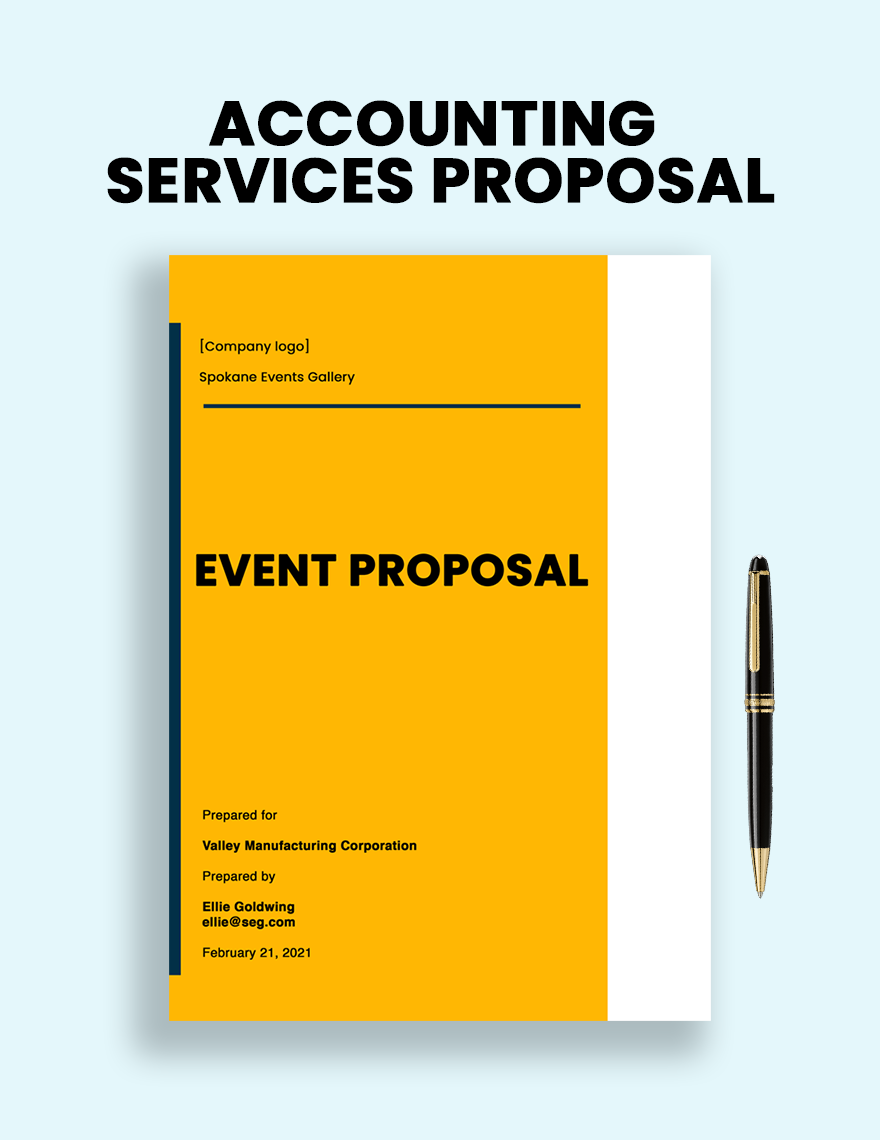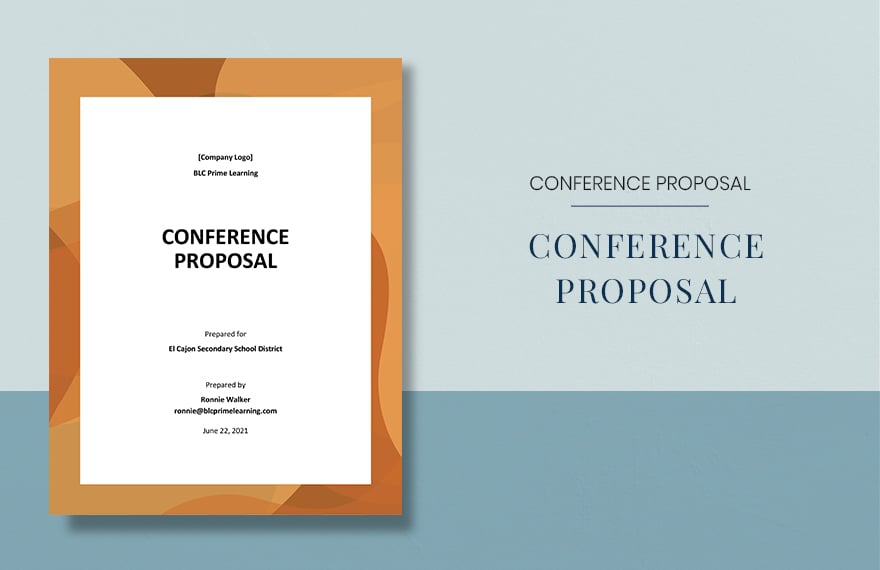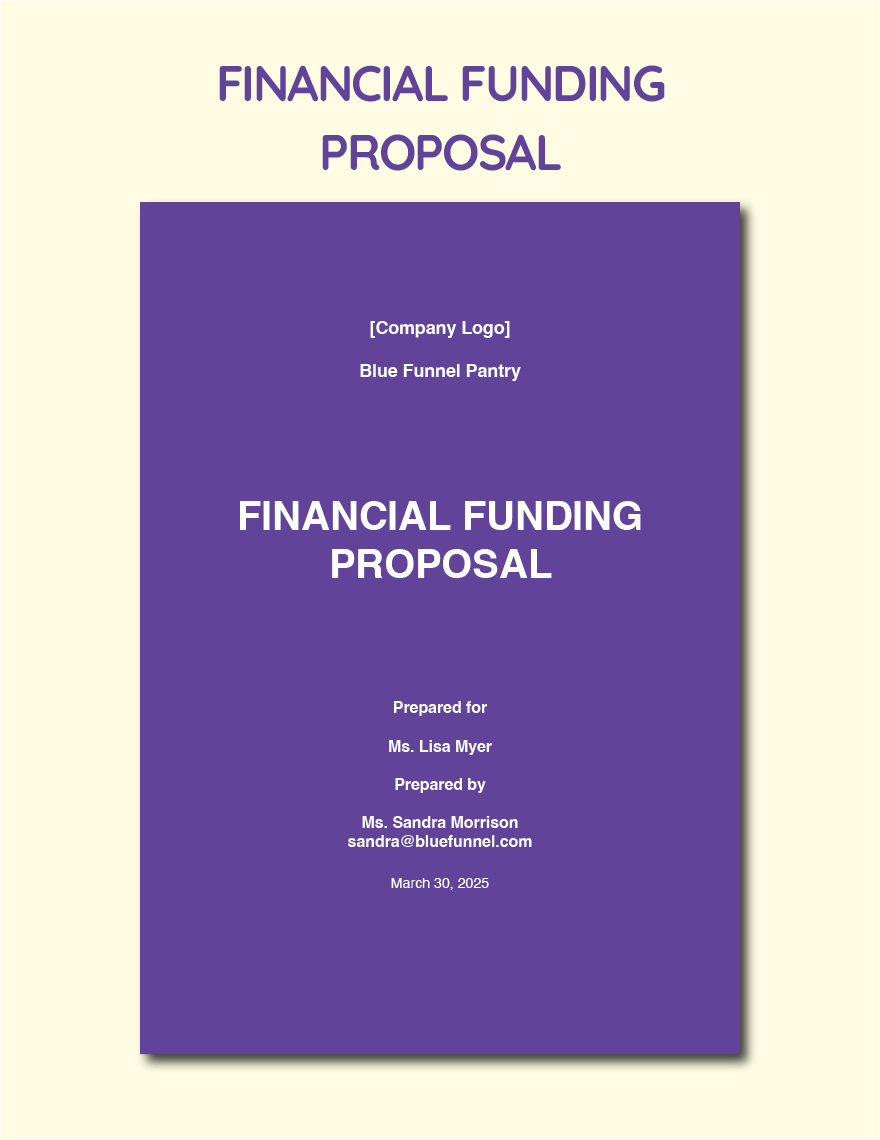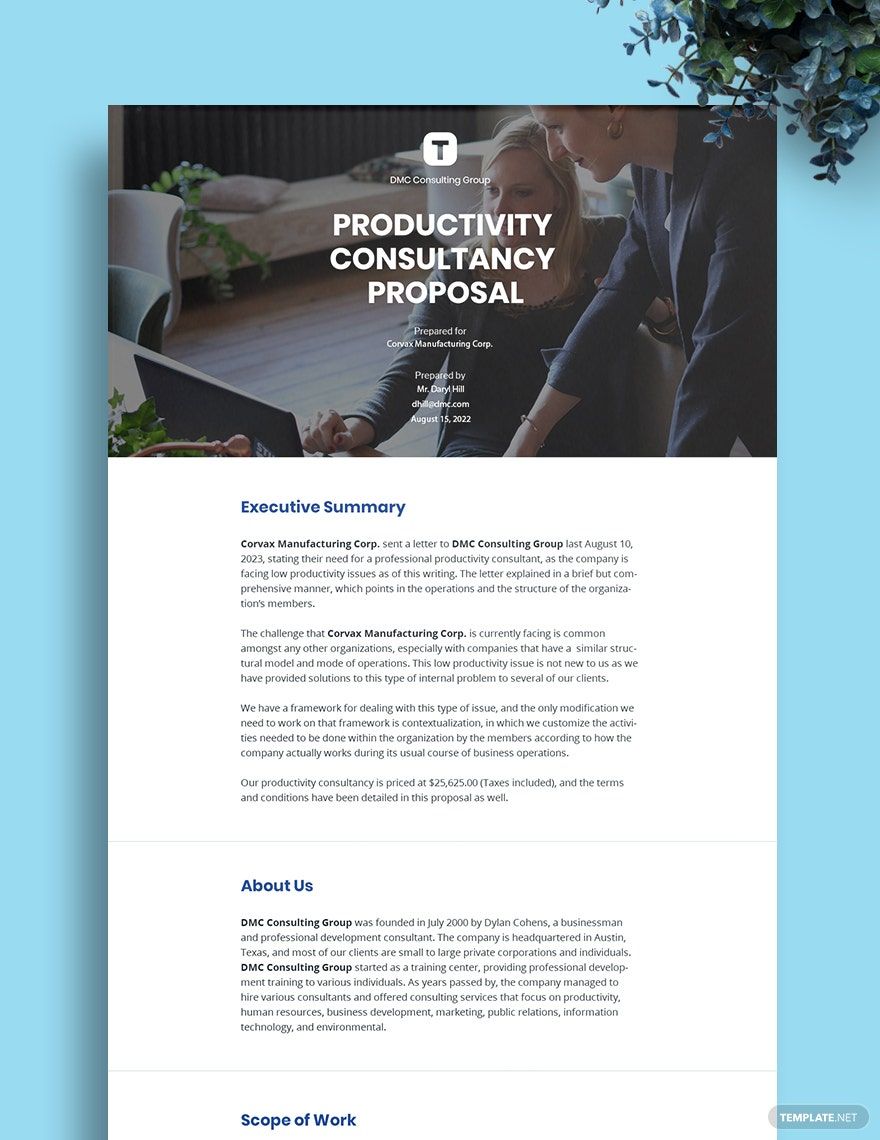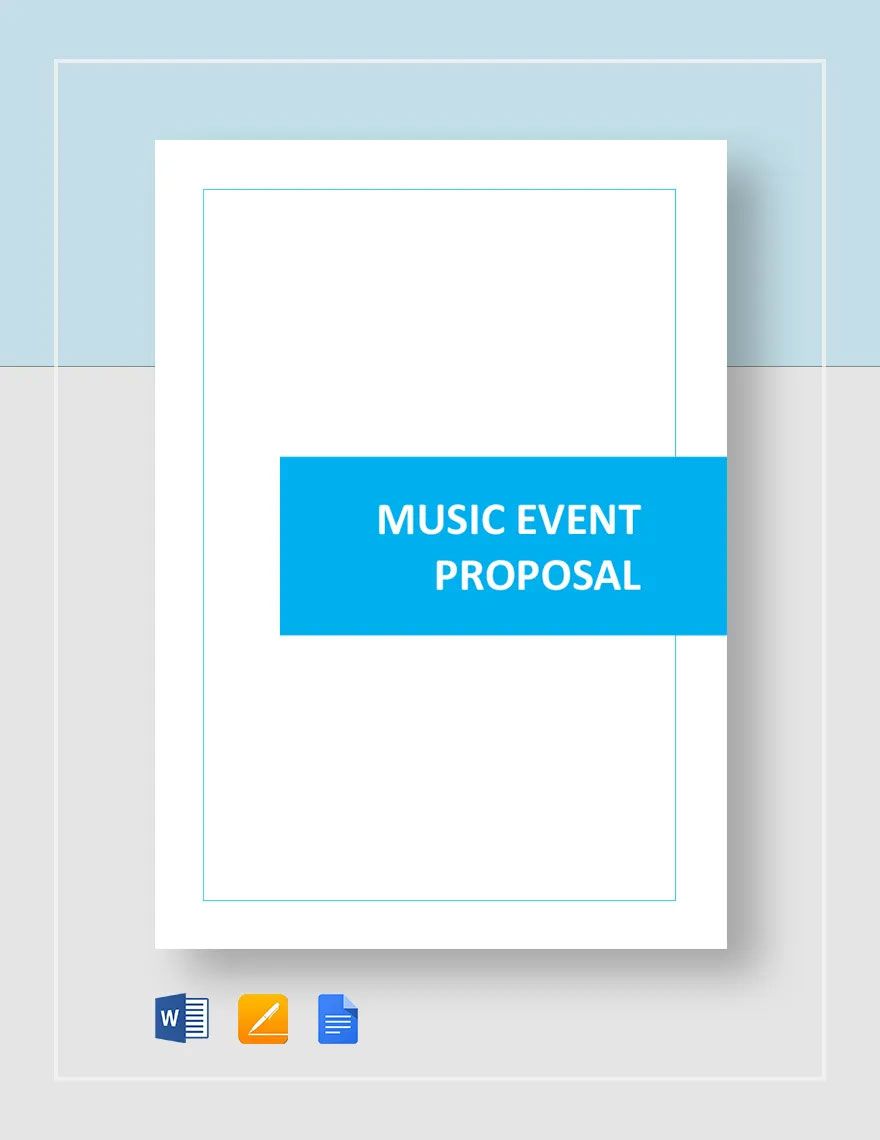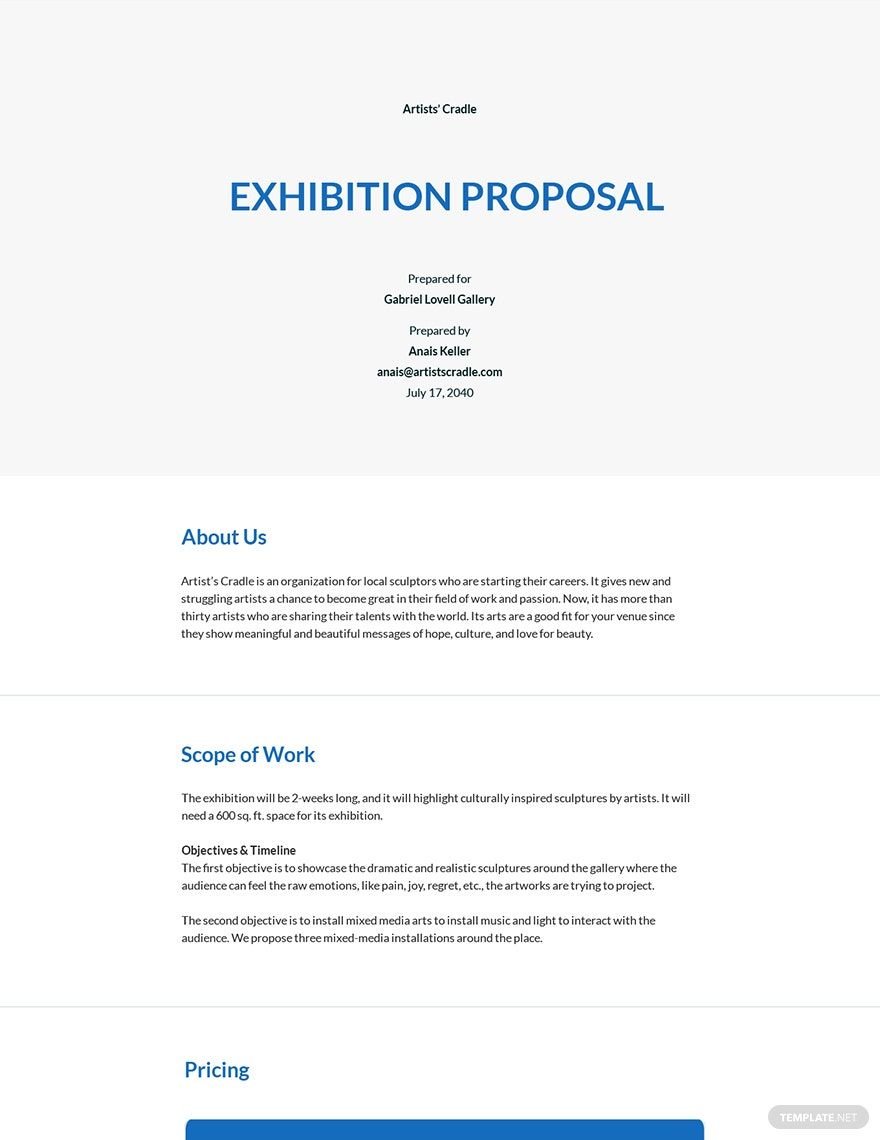Not only do visually attractive proposals look appealing. They always offer customers an overview of the quality of the service or product you could deliver. It also gives them an impression of your work habits at the same time. To achieve your aim for your target market, ensure to craft a sample proposal that is well-written. Use our professional Sample Proposal Template in MS Word to benefit from its ready-made suggestive content, to save your time and effort in starting from a blank paper. If you don't have a laptop or computer to access it, then your smartphone will do. So what are you waiting for? Avail of this template now!
How to Make a Sample Proposal In Word
You have launched a new company, and you are setting up your base of clients. But how do you reach out to customers that could gain from your good or service? Thus, a proposal will strike the right balance for both you and prospective customers. It defines your business strategy, and its intended purpose is to induce an agency or corporation to do a partnership with you.
Below are the easy steps we have prepared for your sample proposal writing.
1. Collect Relevant Information
When answering a proposal request, the first thing to do is to read it carefully. Ensure you follow all the criteria that the company specifies and understand everything you can regarding consumers and plan to allow you to develop the finest idea possible. Before submitting the document, you might prefer to have an immediate discussion with the potential customer.
2. Illustrate the Project Framework
Consider planning regarding the plan before you submit the project proposal. Reflect on the primary individuals participating in the campaign and the tasks that ought to improve in order to accomplish the job. Ask about how you should operate the plan and do the work, who'll contact the consumer when issues arise, which is necessary to perform the work, where do you start the task, and when is it going to be completed. Incorporate also if when is the compensation due, and how did you take the method to accomplish the job.
3. Calculate Labor and Costs
Consider how long time you'll need to invest in the project. To measure the labor costs, use a basic formula. Add up the reasonable sum of hours it would take for every work task to be completed and multiply the amount by 1.5. Putting in this additional time would help to compensate for the various issues that might arise during the project. When all goes well, and you end up using less than the expected number of hours, you can still charge the customer a lower amount or provide more labor as a reward.
4. Tackle the Issue
Start by recognizing the problem your prospective customer has. Explain any information that the audience needs to grasp the professional proposal. Defines the primary terms, and then presents the plan a roadmap. Show your audience how you're going to resolve your problem. According blog.hubspot.com, our approach would usually consist of the products or resources you give your customers. Lastly, explain the advantages provided by the solution. Just a tip: Provide documentation to support your planned benefits.
5. Review the Proposal
Set aside your document for a brief duration of time after you have submitted your proposal, and then update it. For correctness, spelling, and composition, you must review it over and over. Make sure to pay attention to the schedules and statistics that you have given in your plan to ensure that they are right. Check the RFP as well as any other communications with the prospective customer to make sure you have incorporated anything the customer has asked for. If possible, ask another individual to amend the proposal. Just a reminder: Be sure the proposal's vocabulary is technical and consistent. Be sure the document is concise enough to interpret.
6. Submit and Reassess the Proposal
After the business plan is submitted, you will then follow up with the customer to inform them of it and address any concerns. When you've submitted the letter, you can opt to provide a confirmation when your future customer checks your message.
